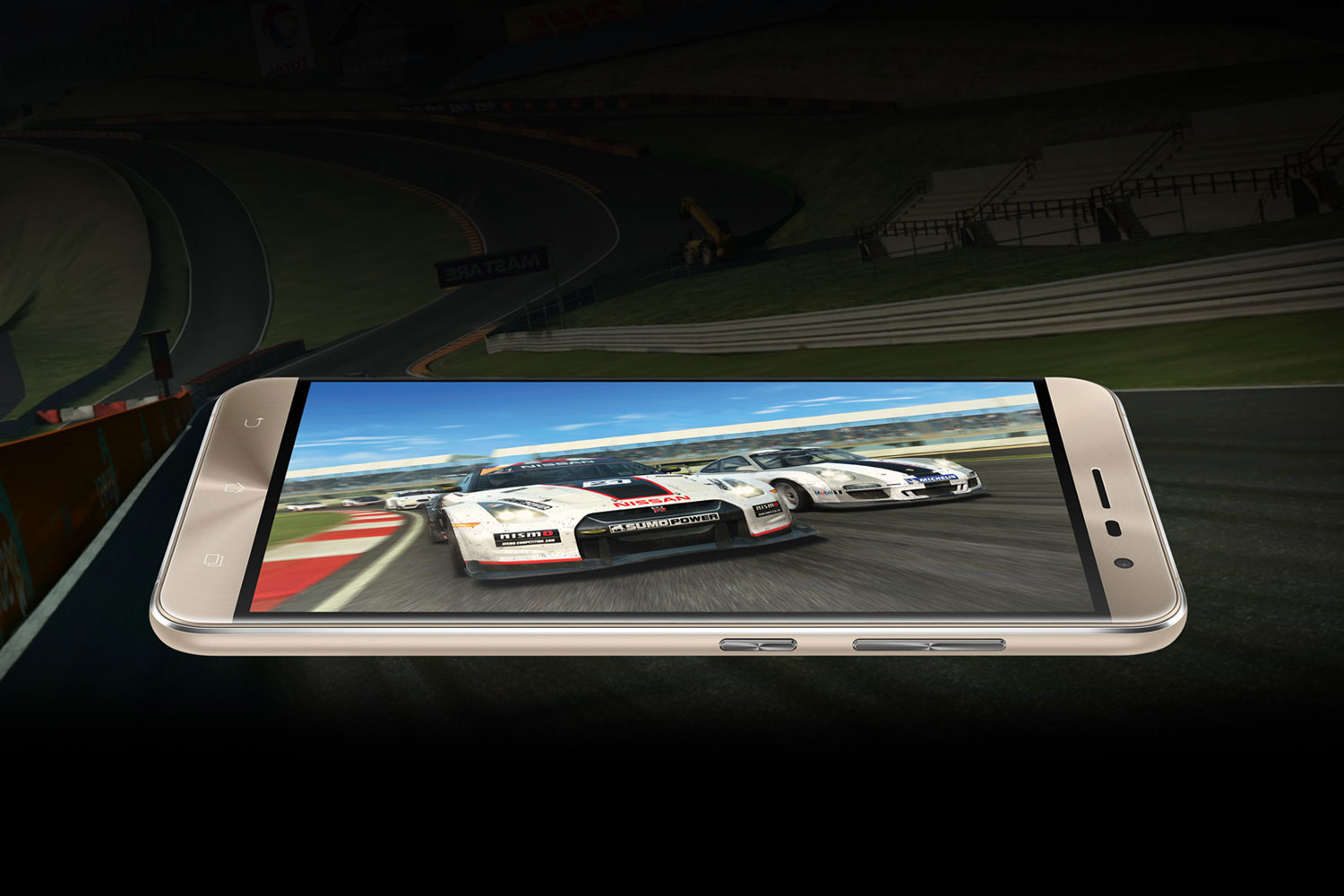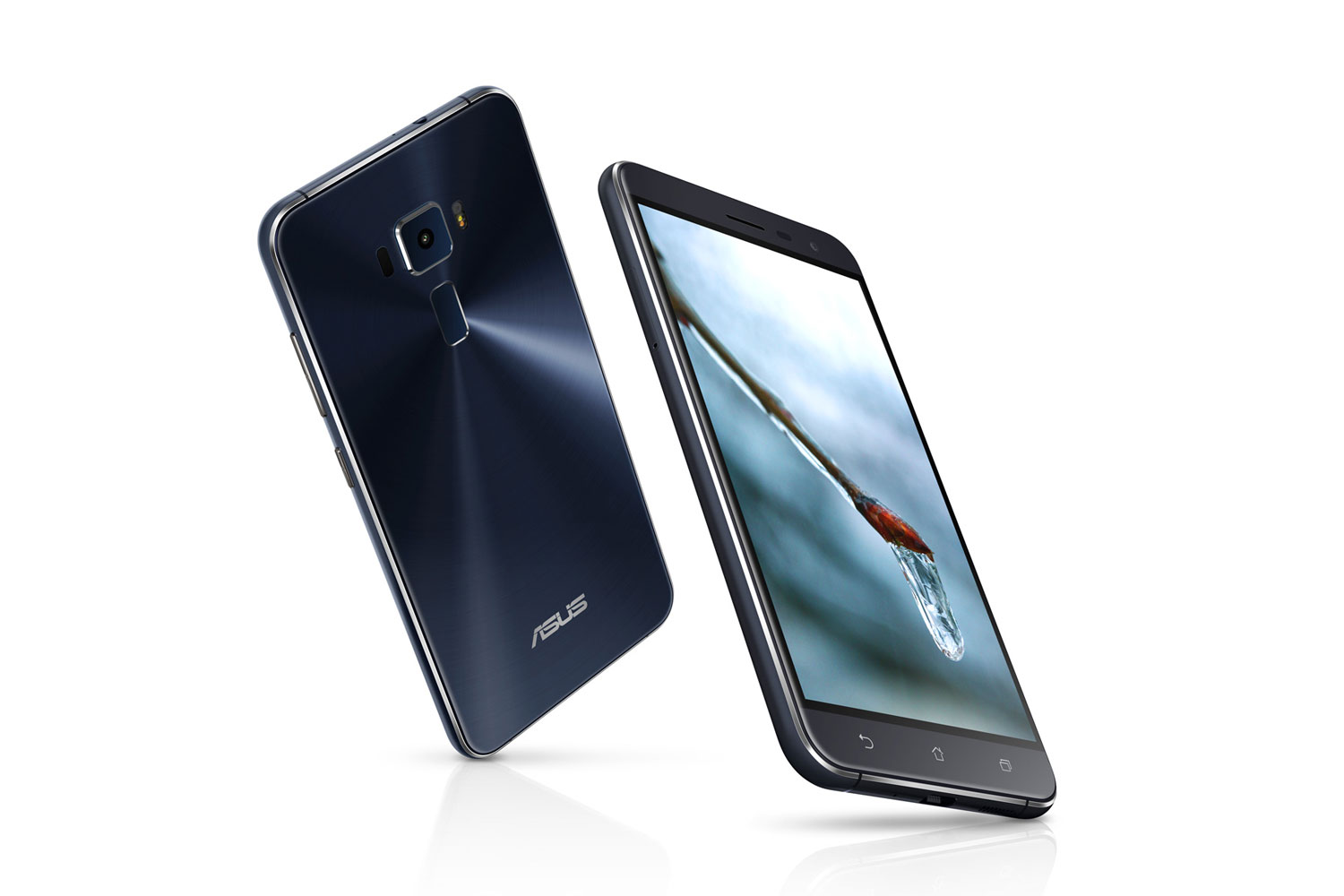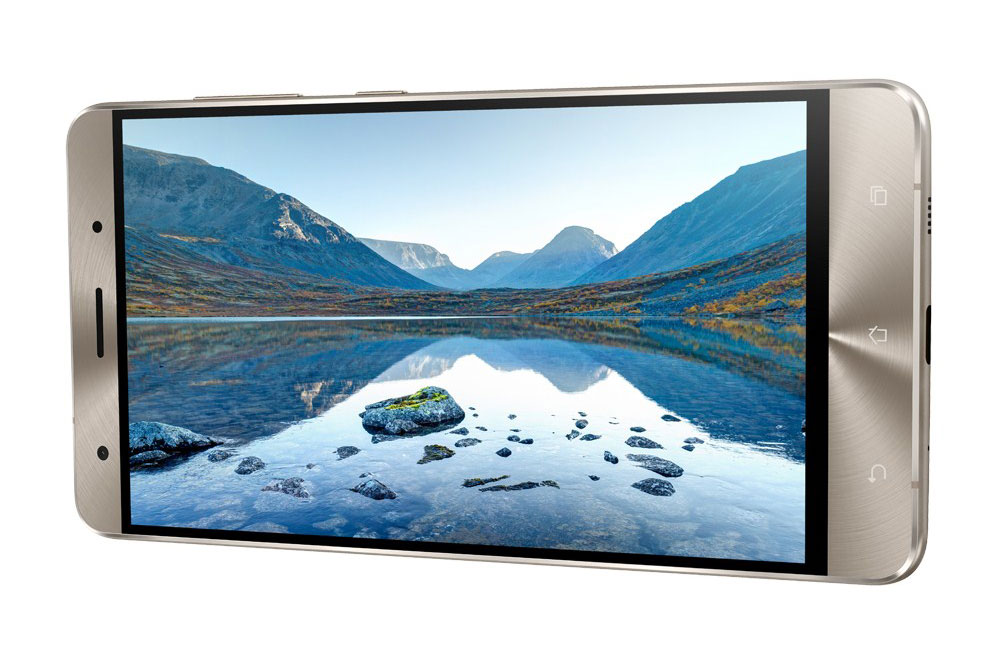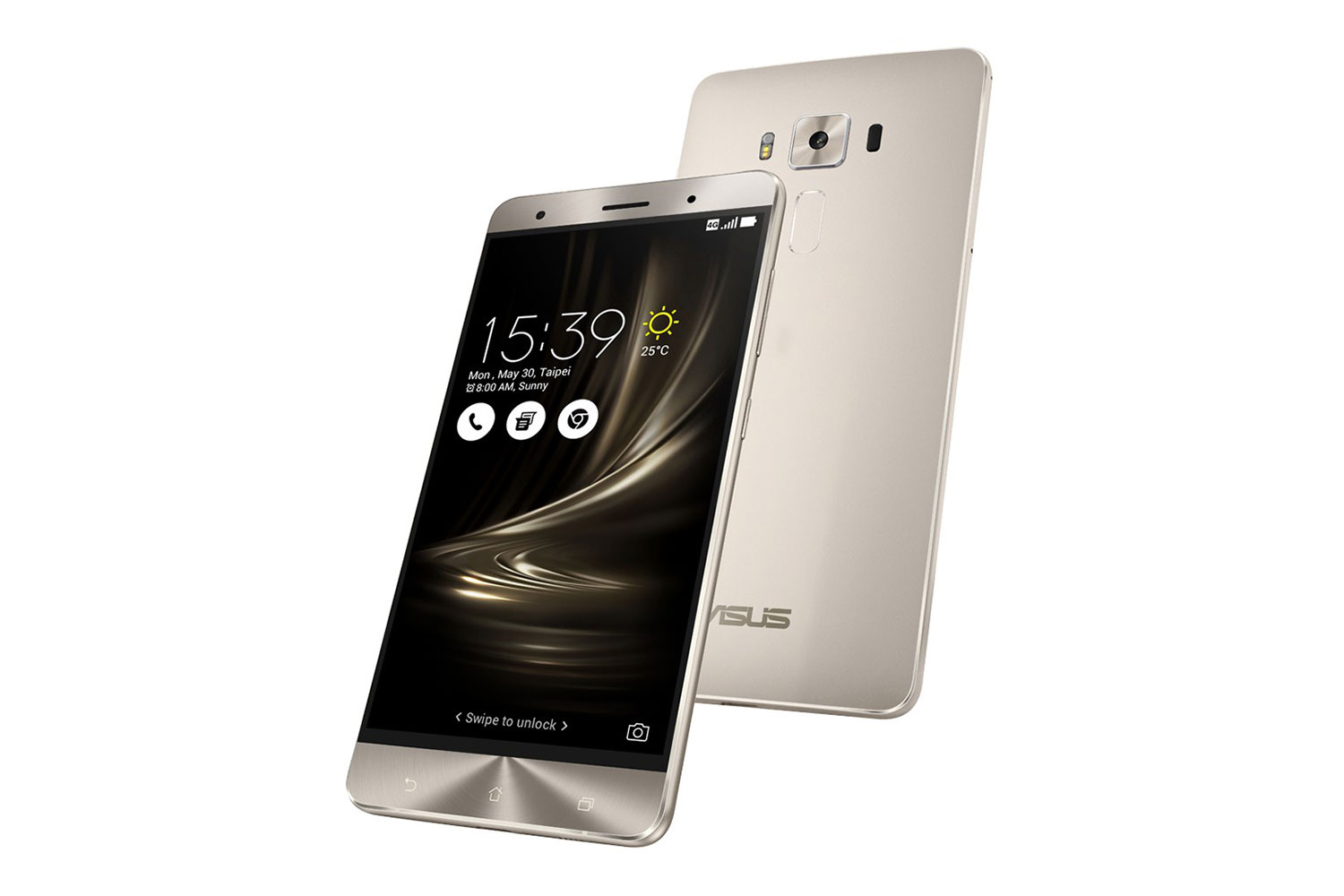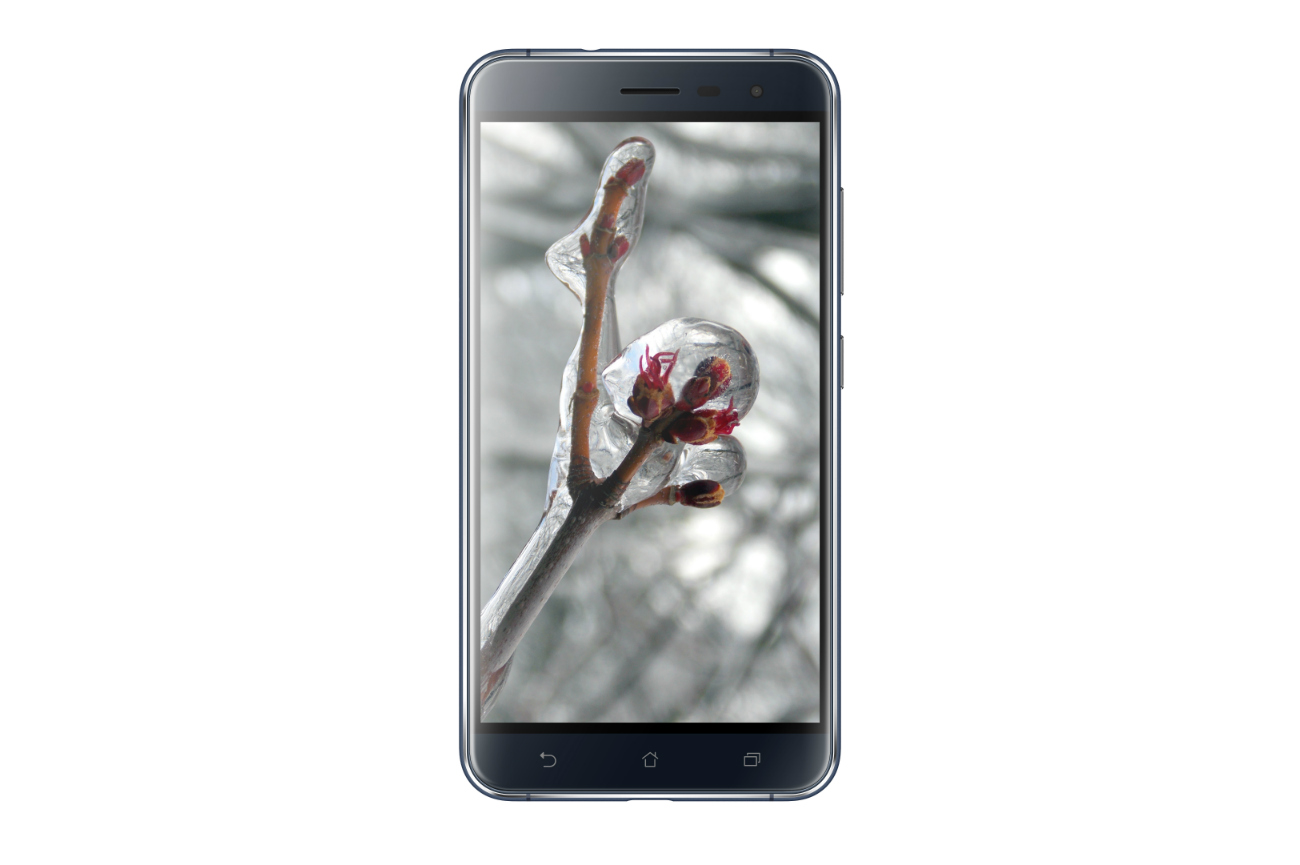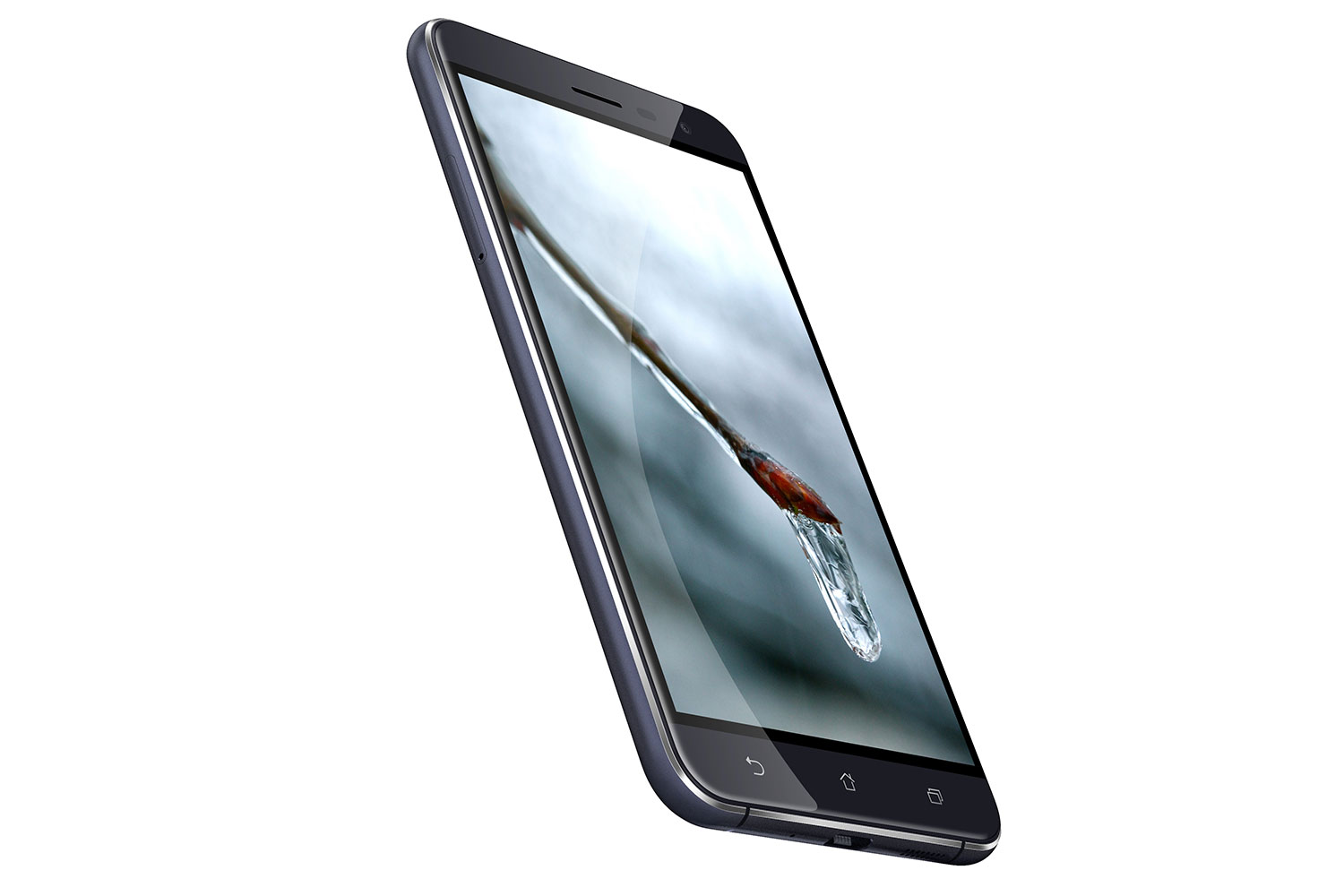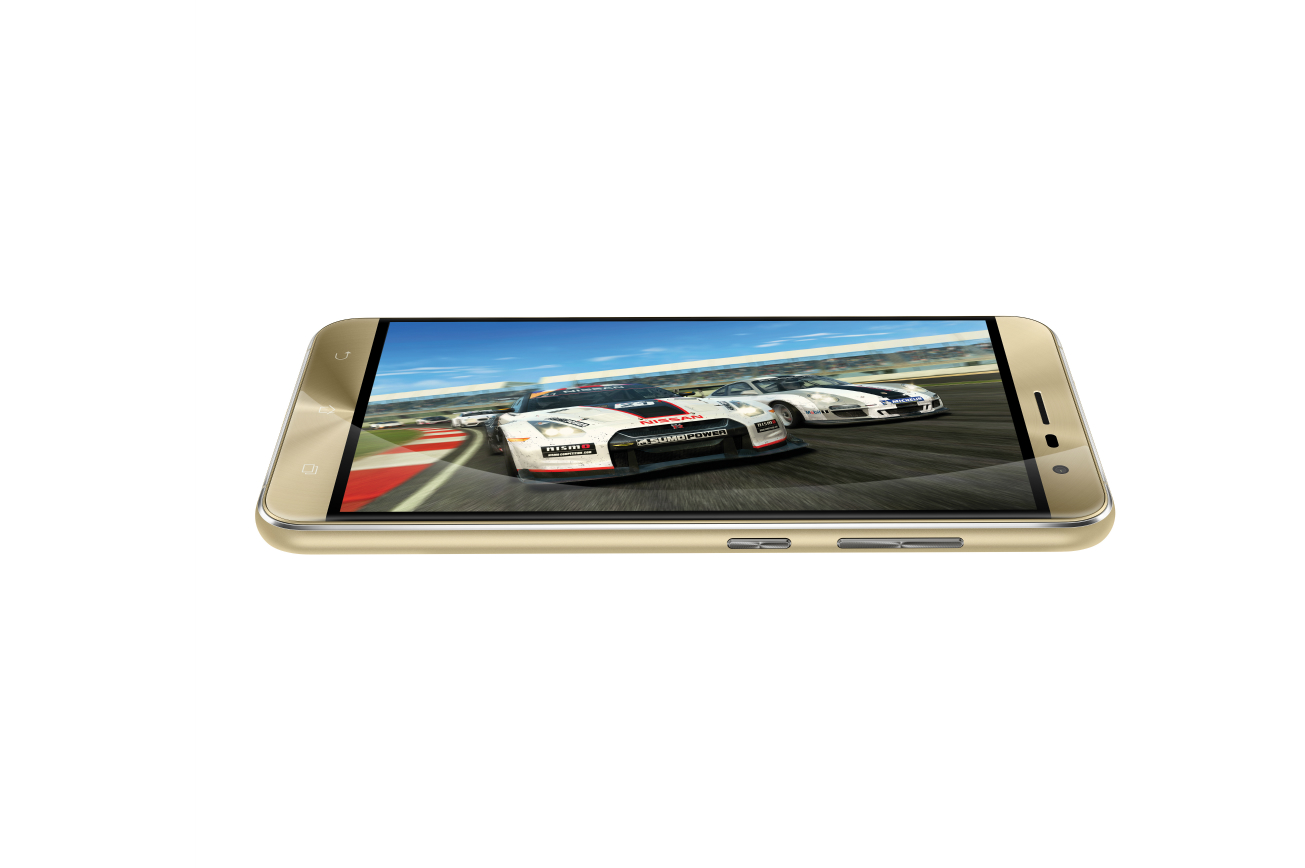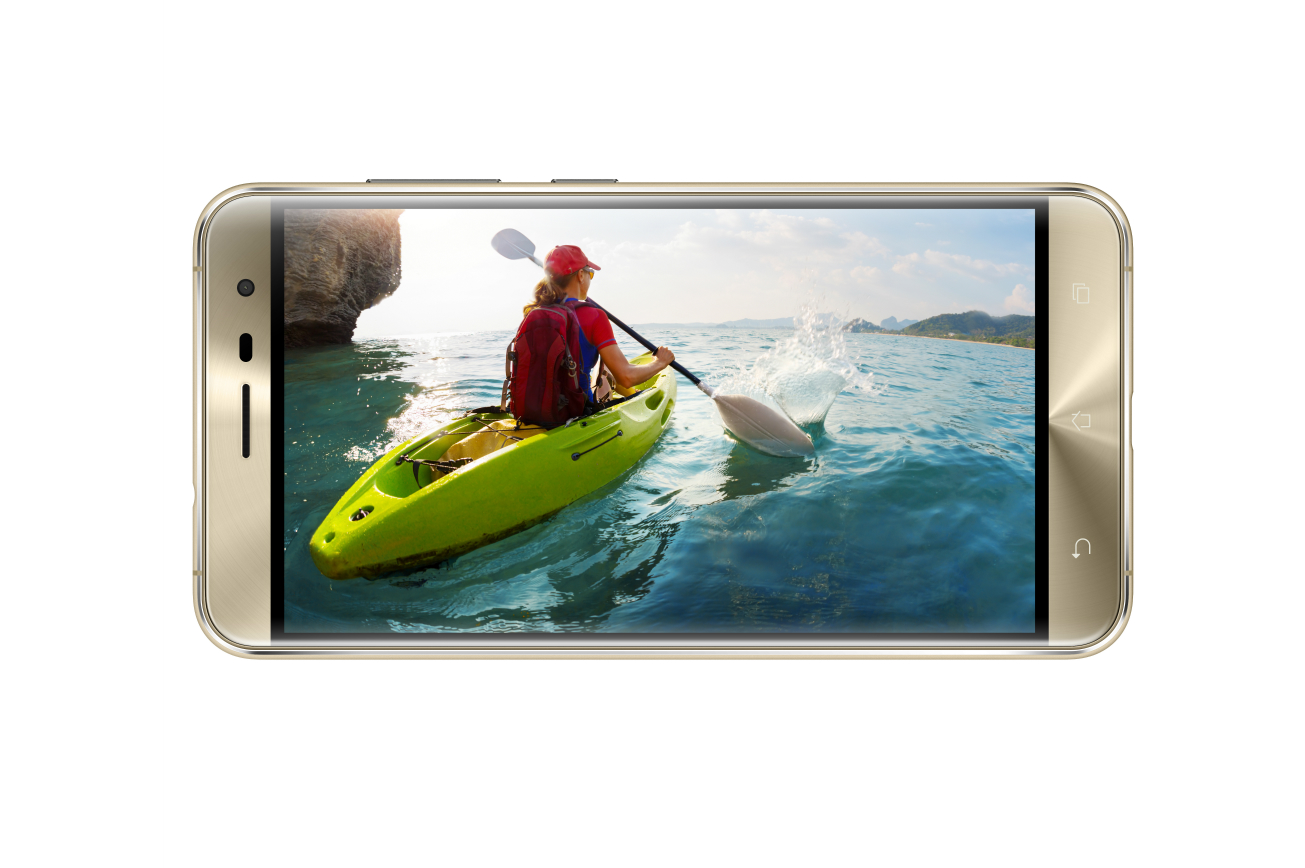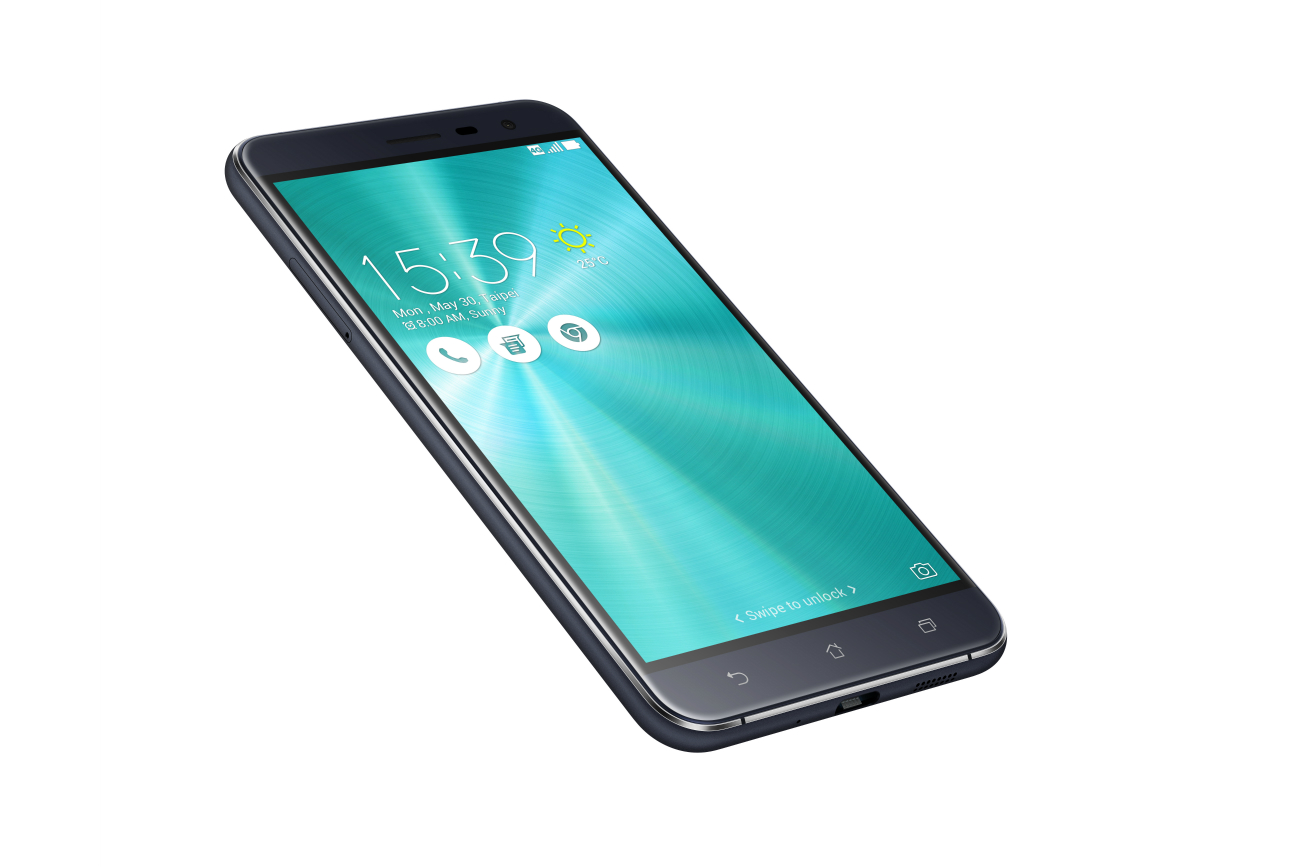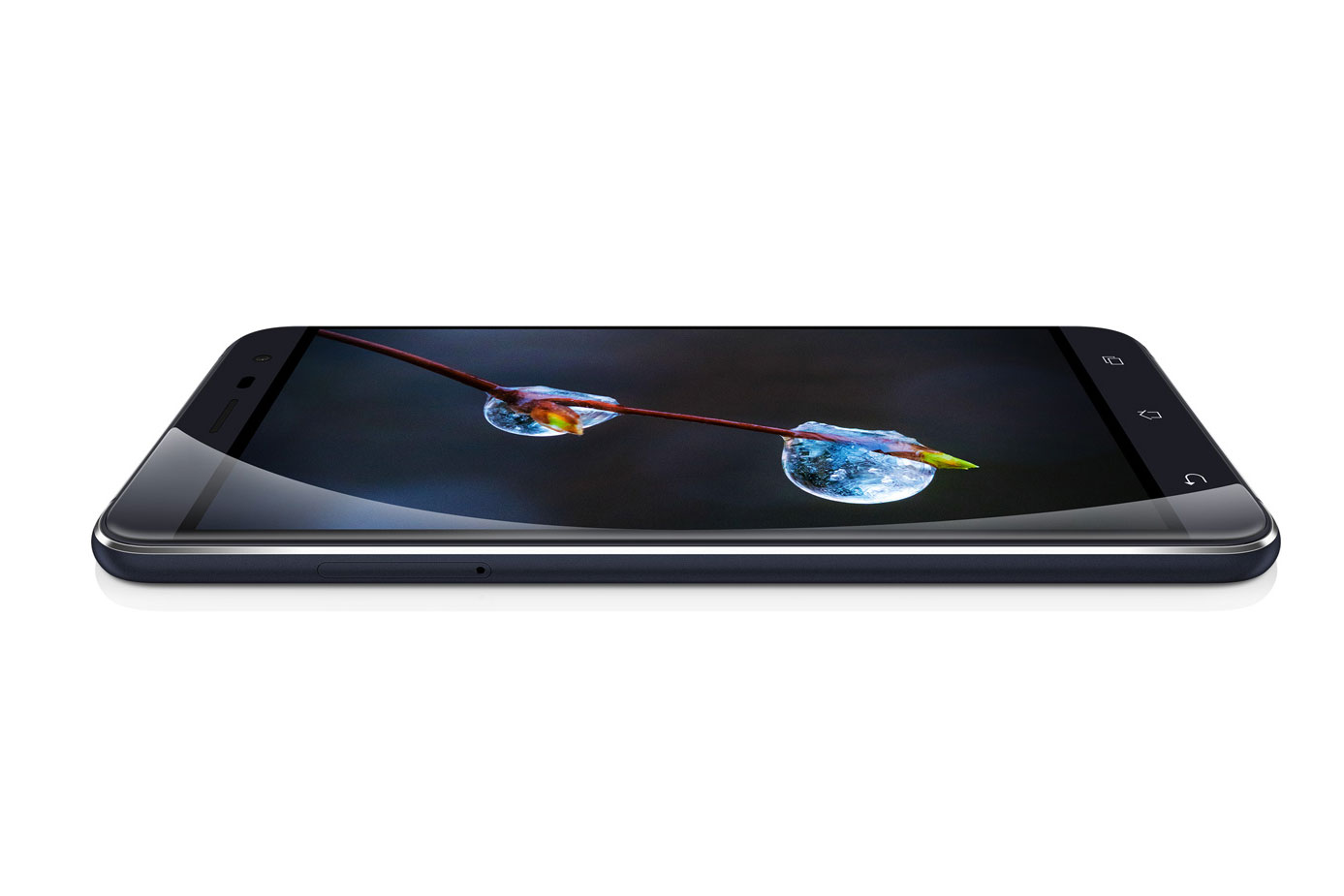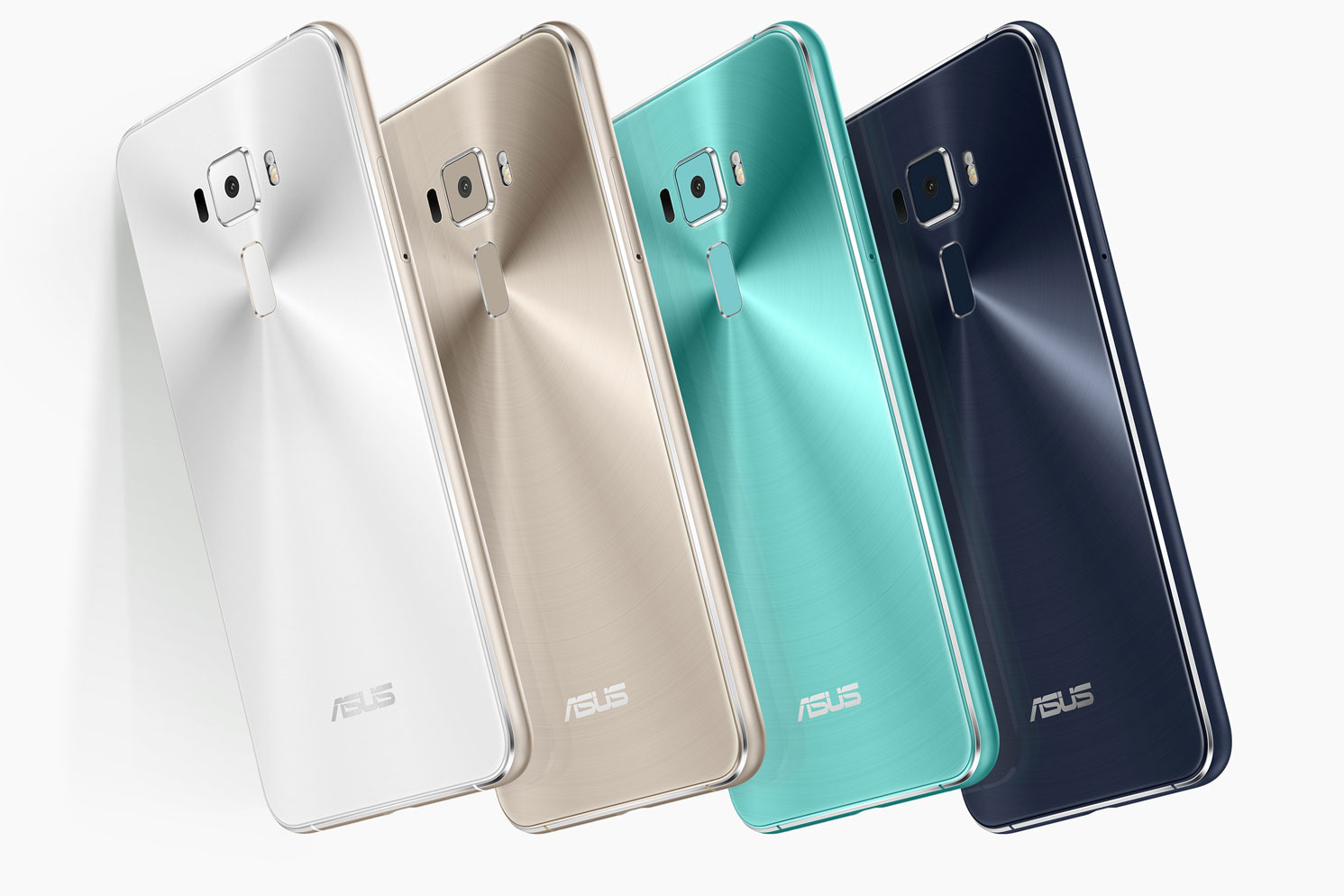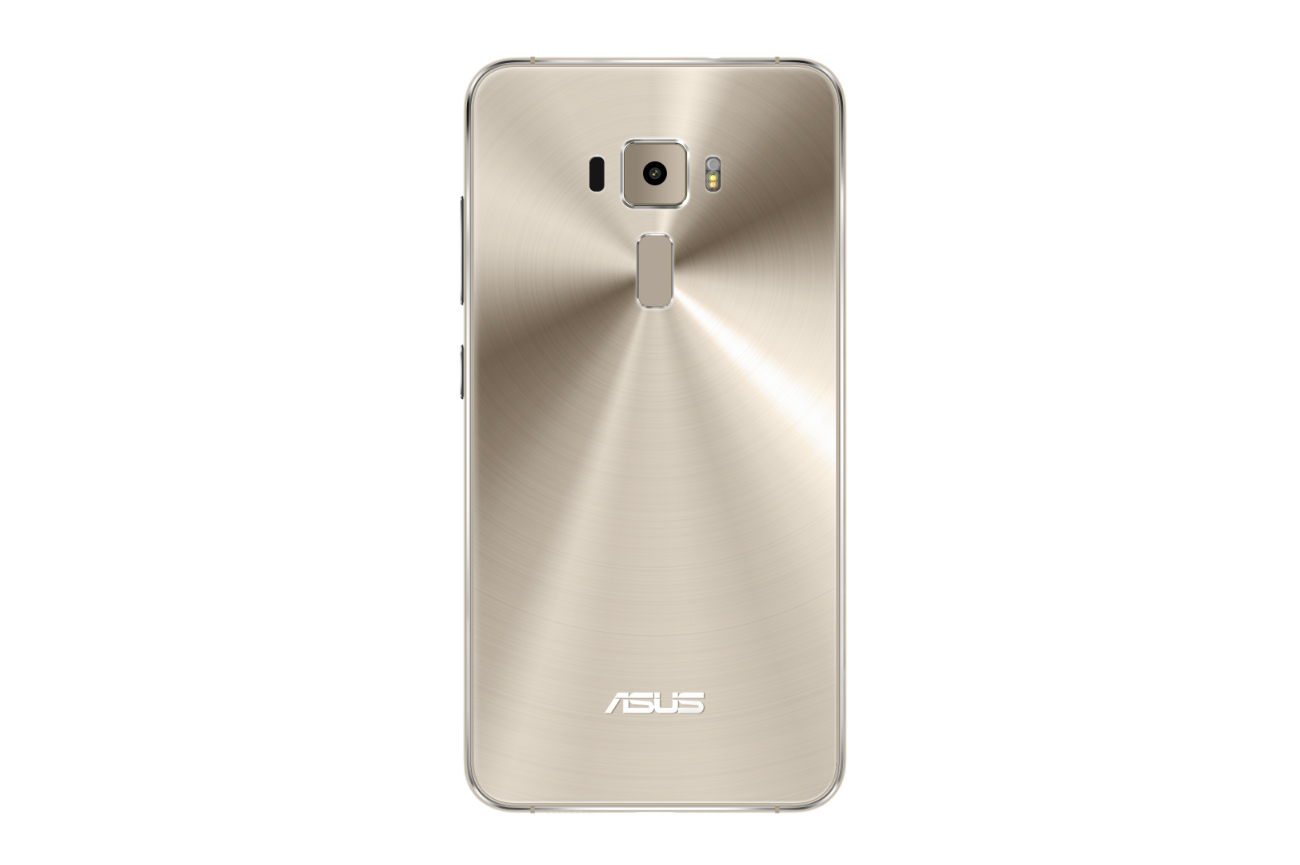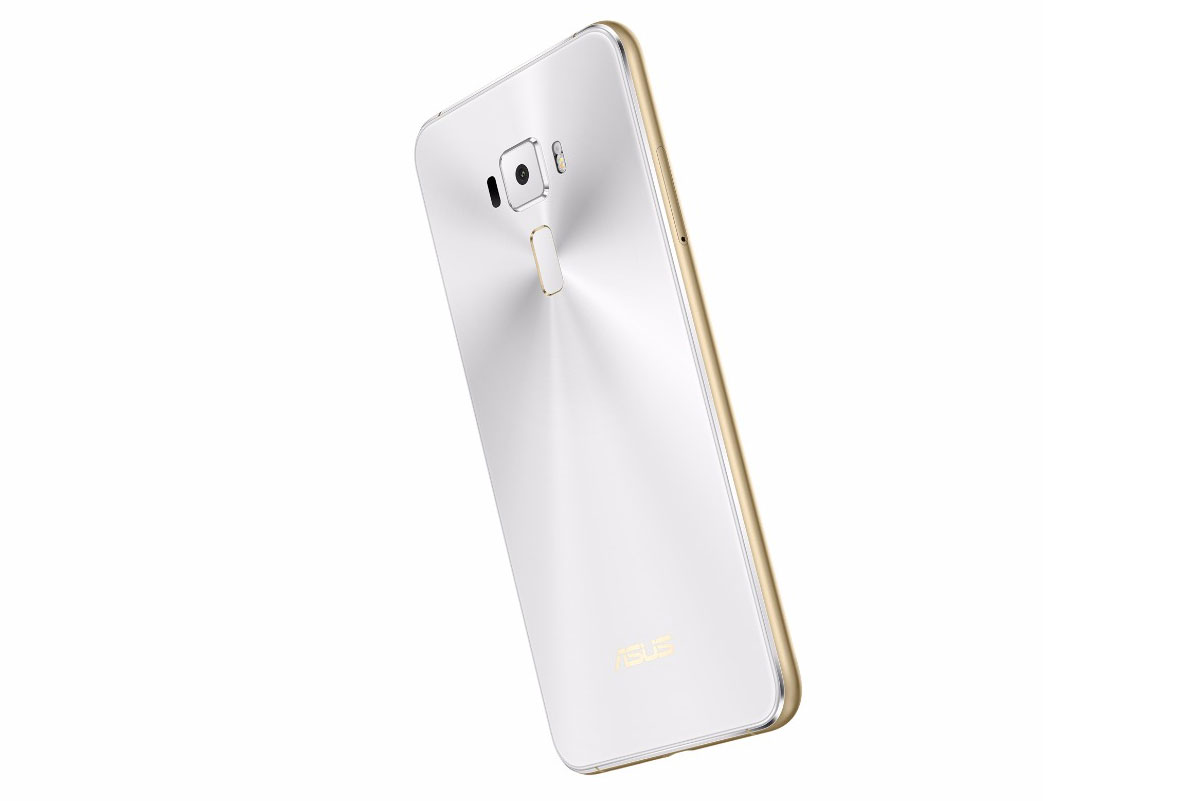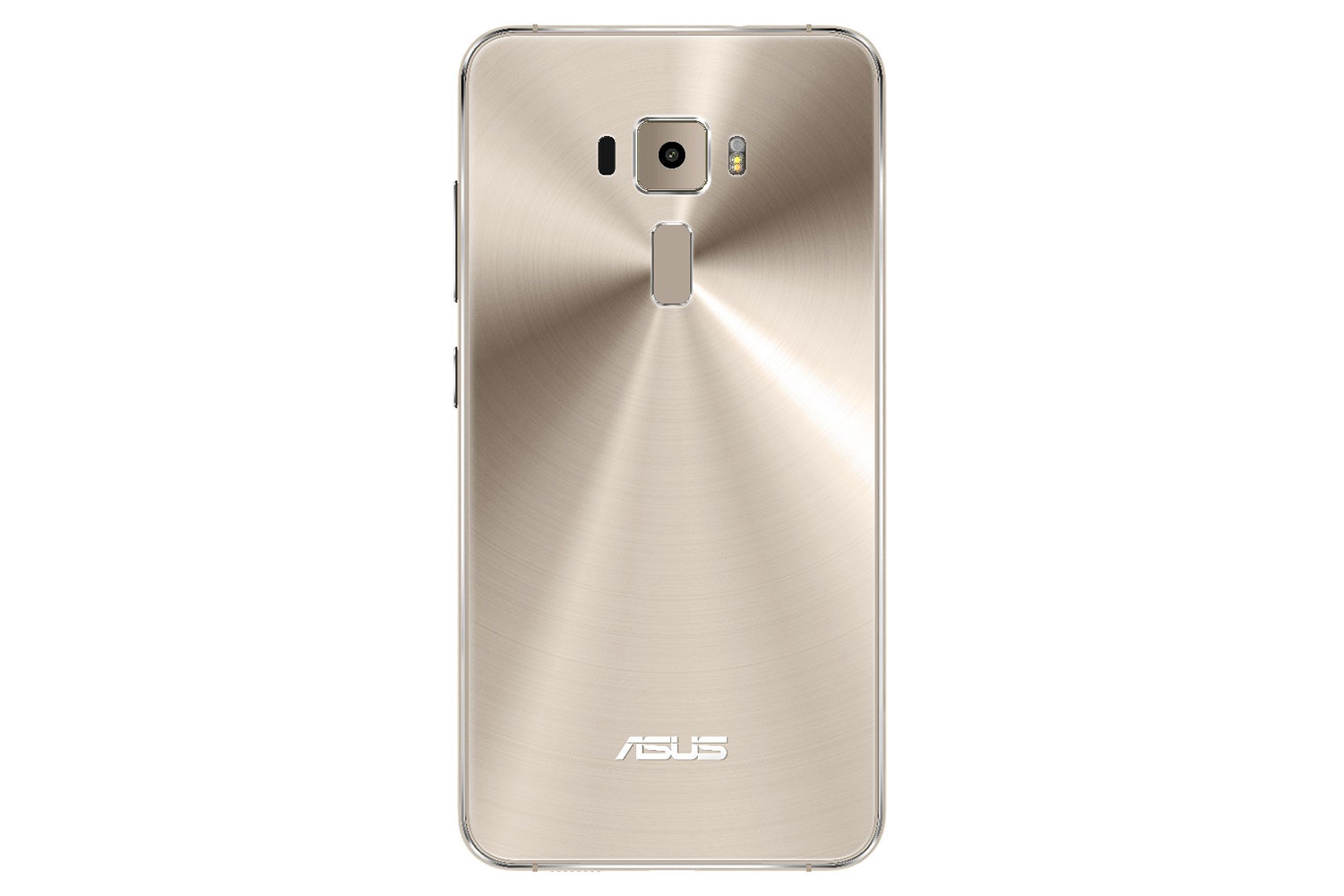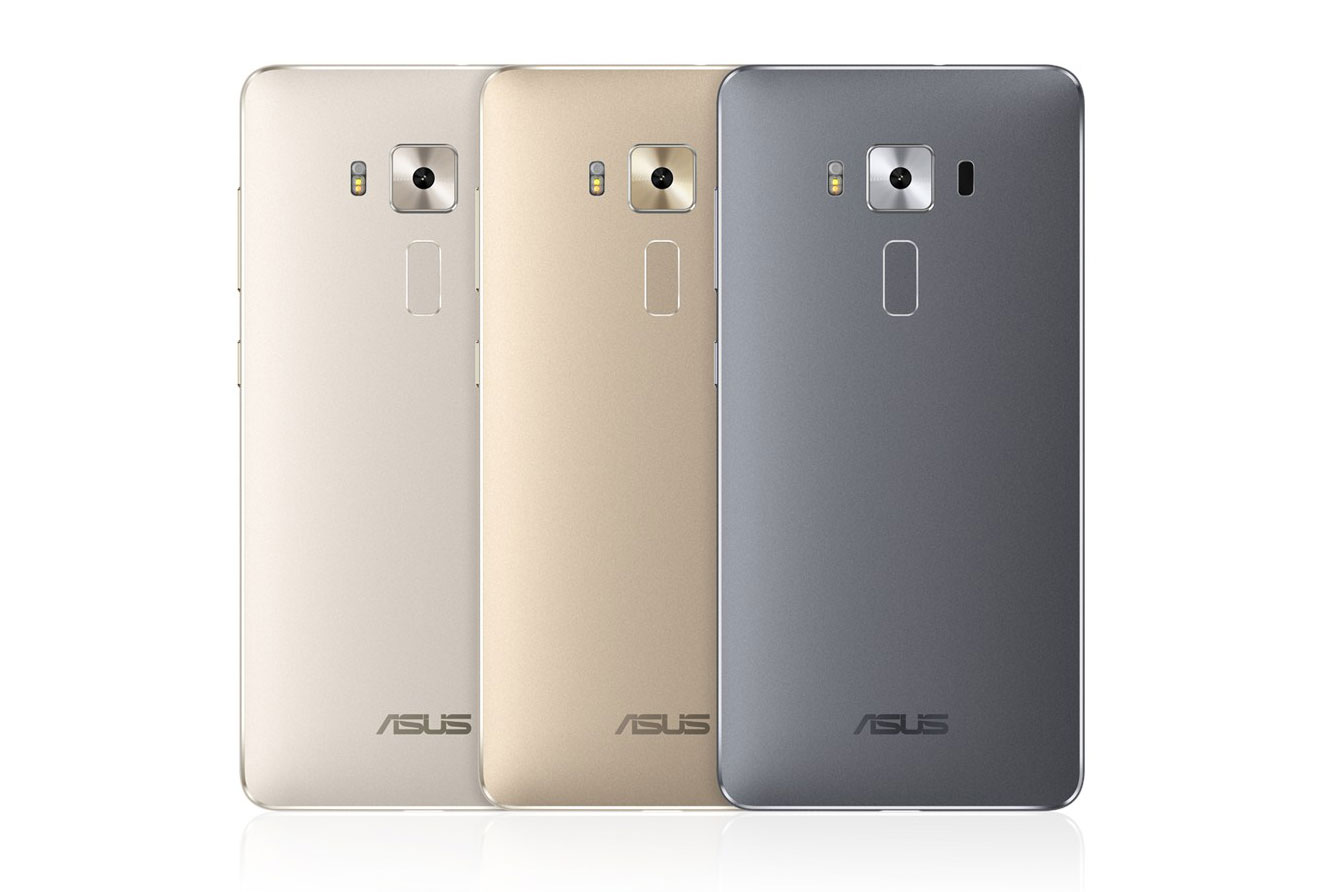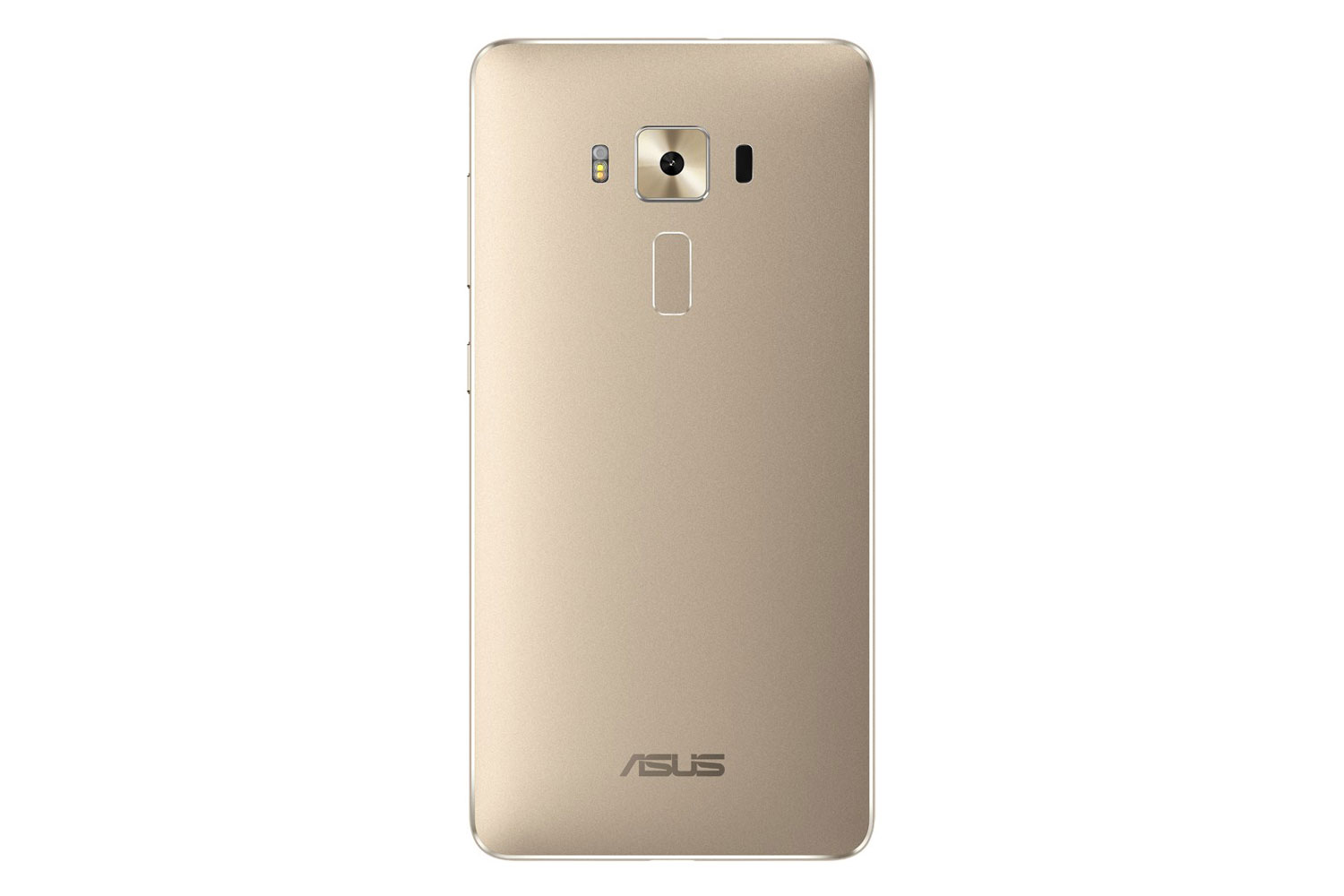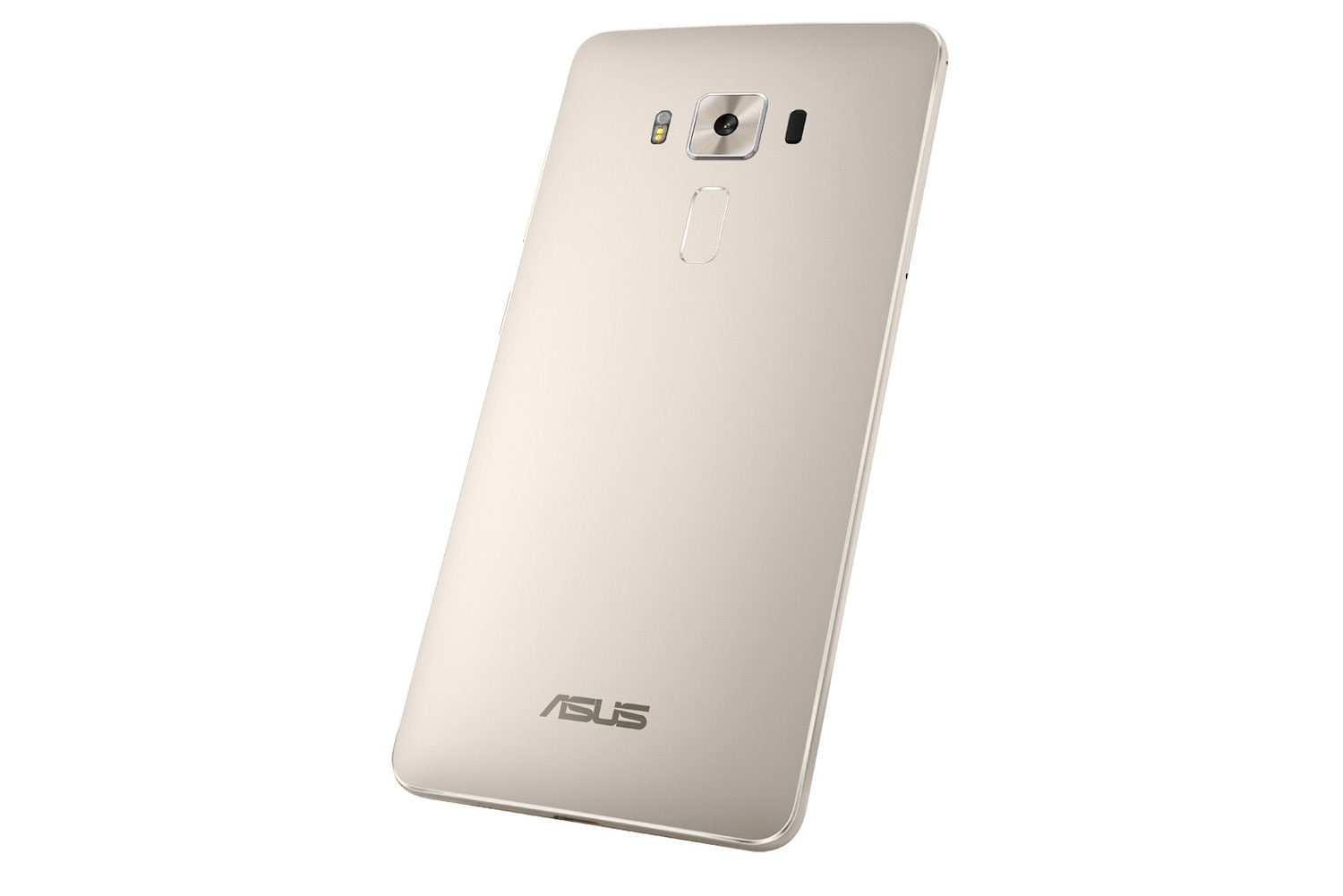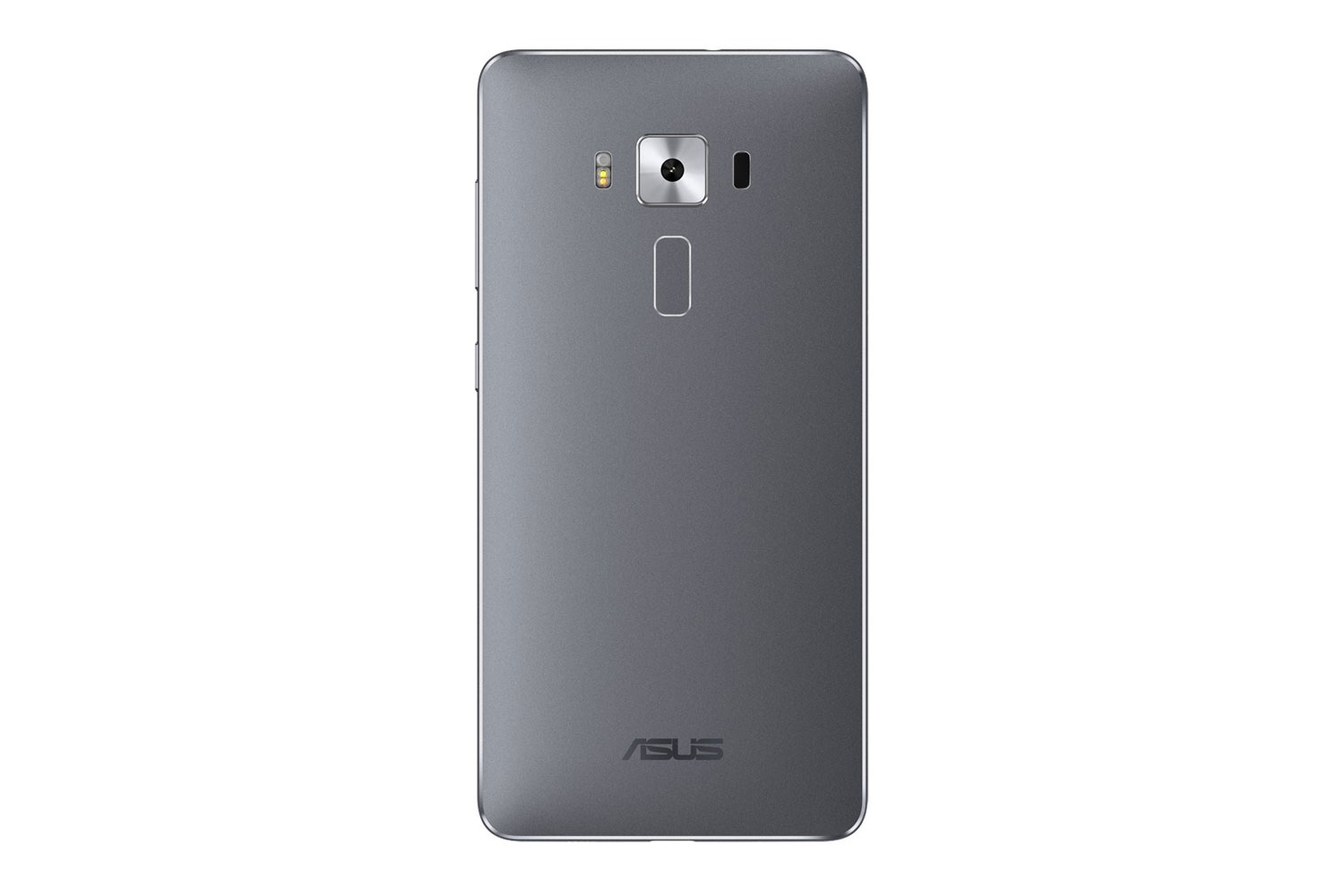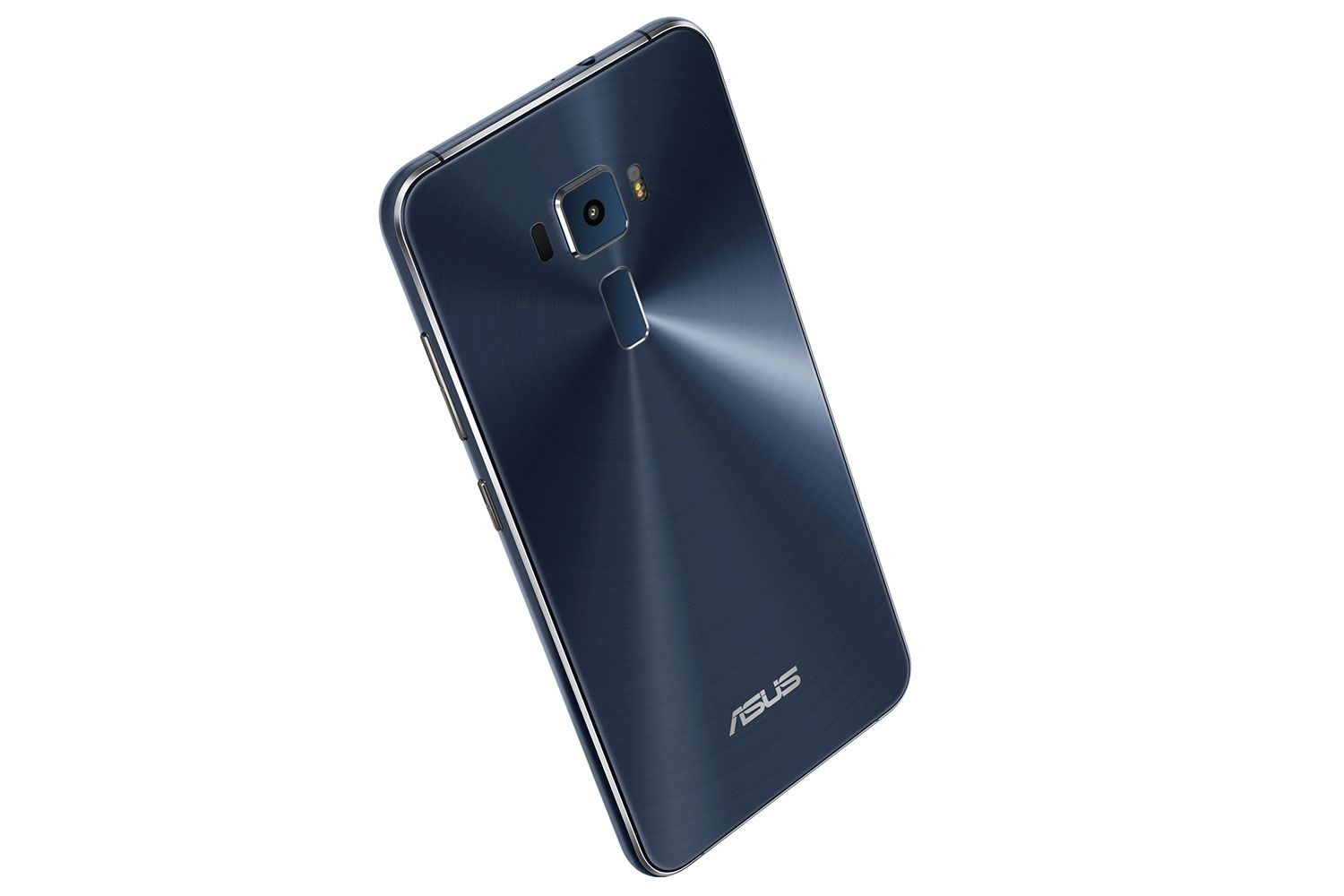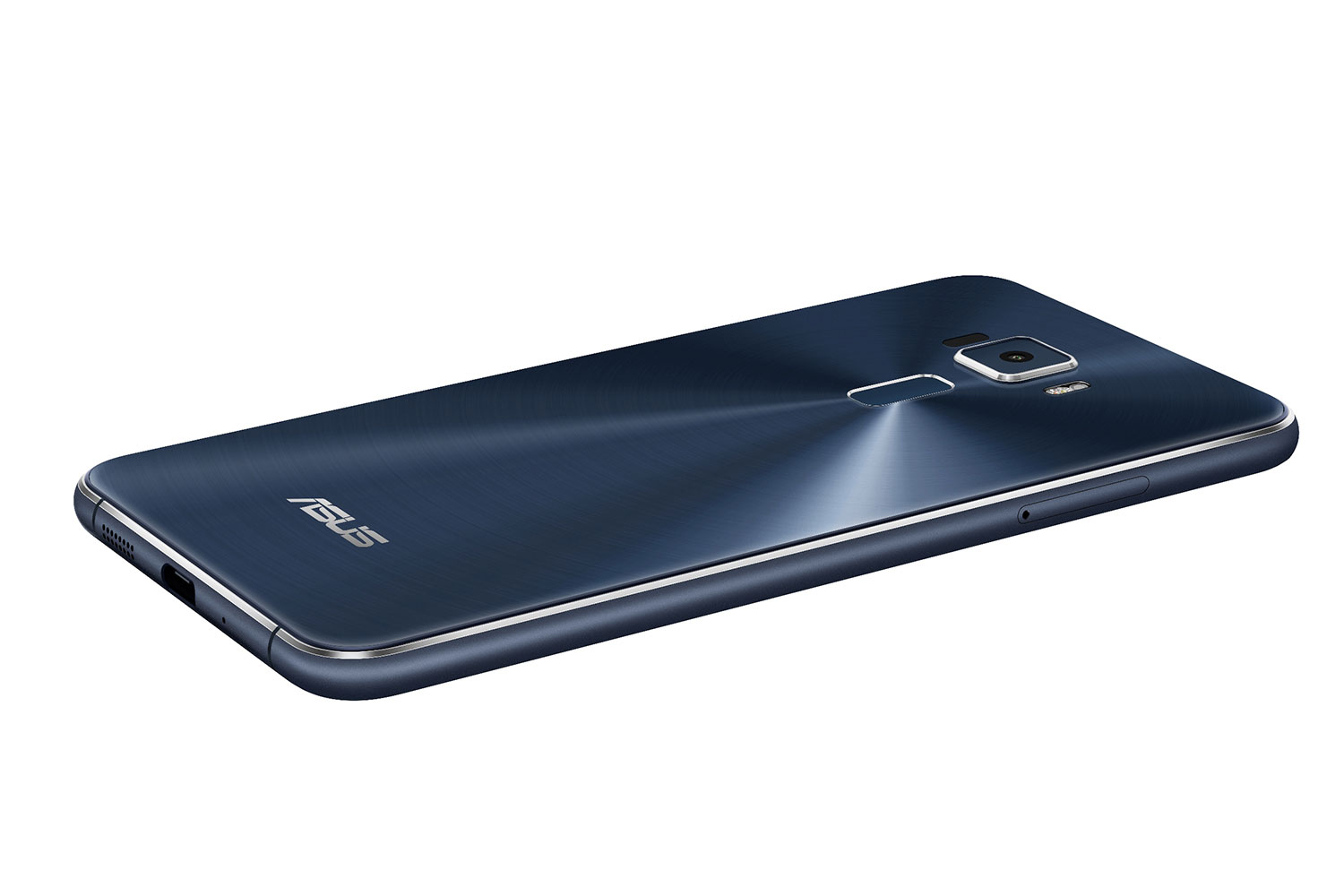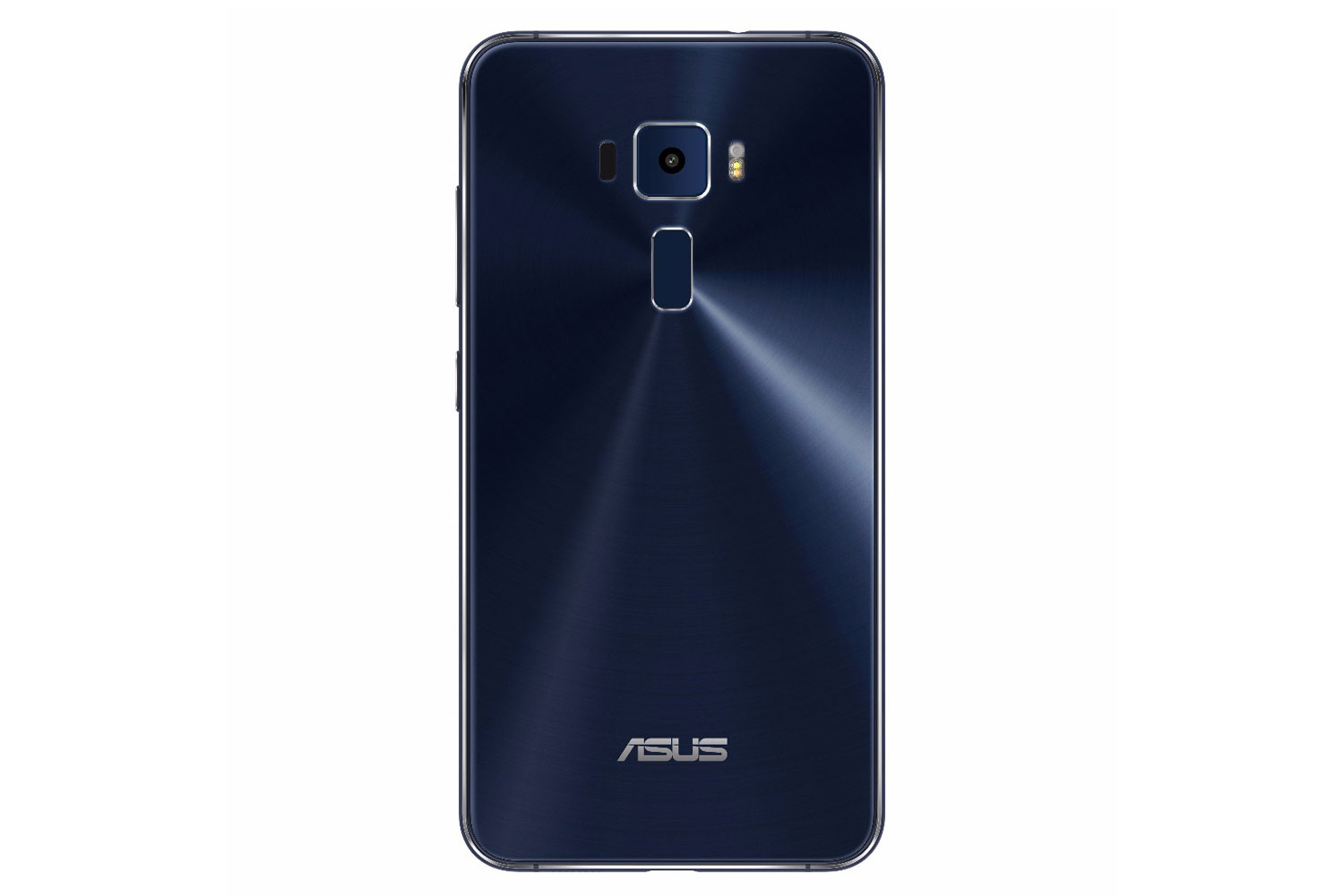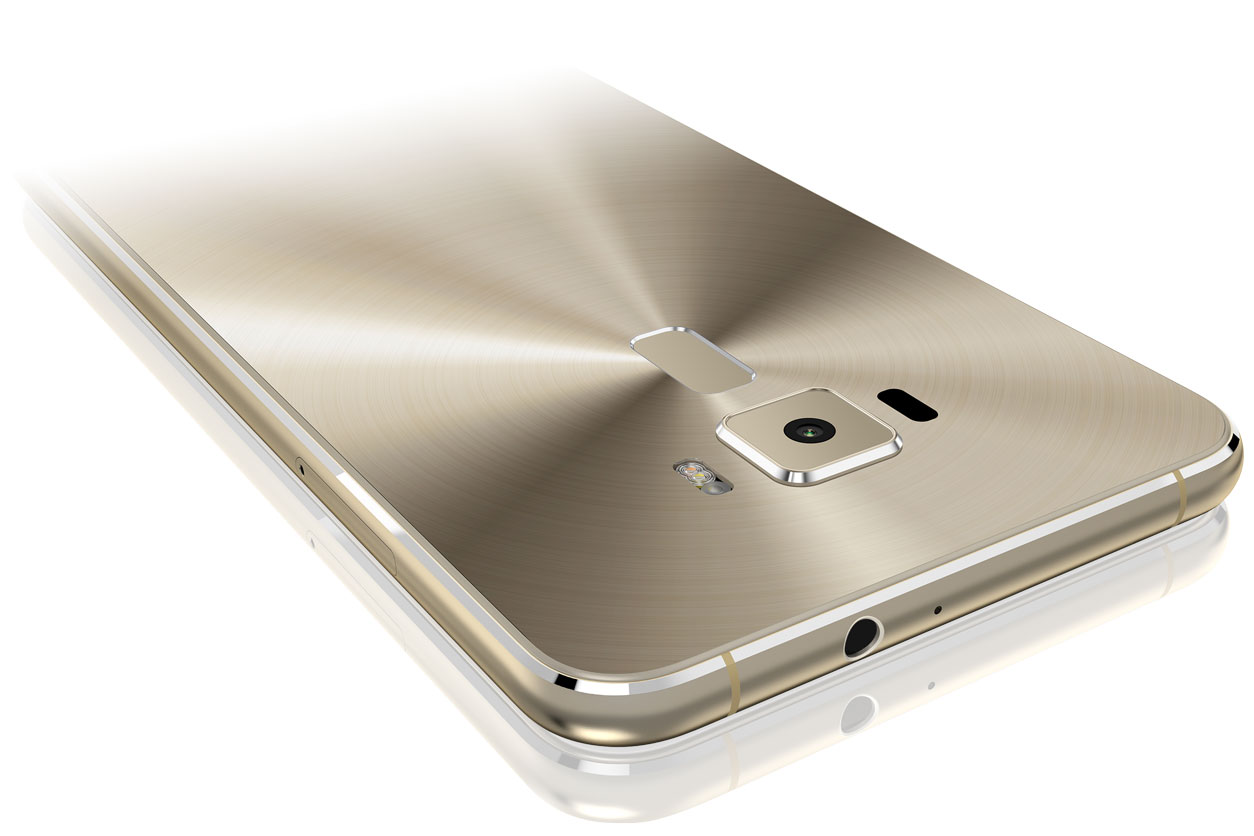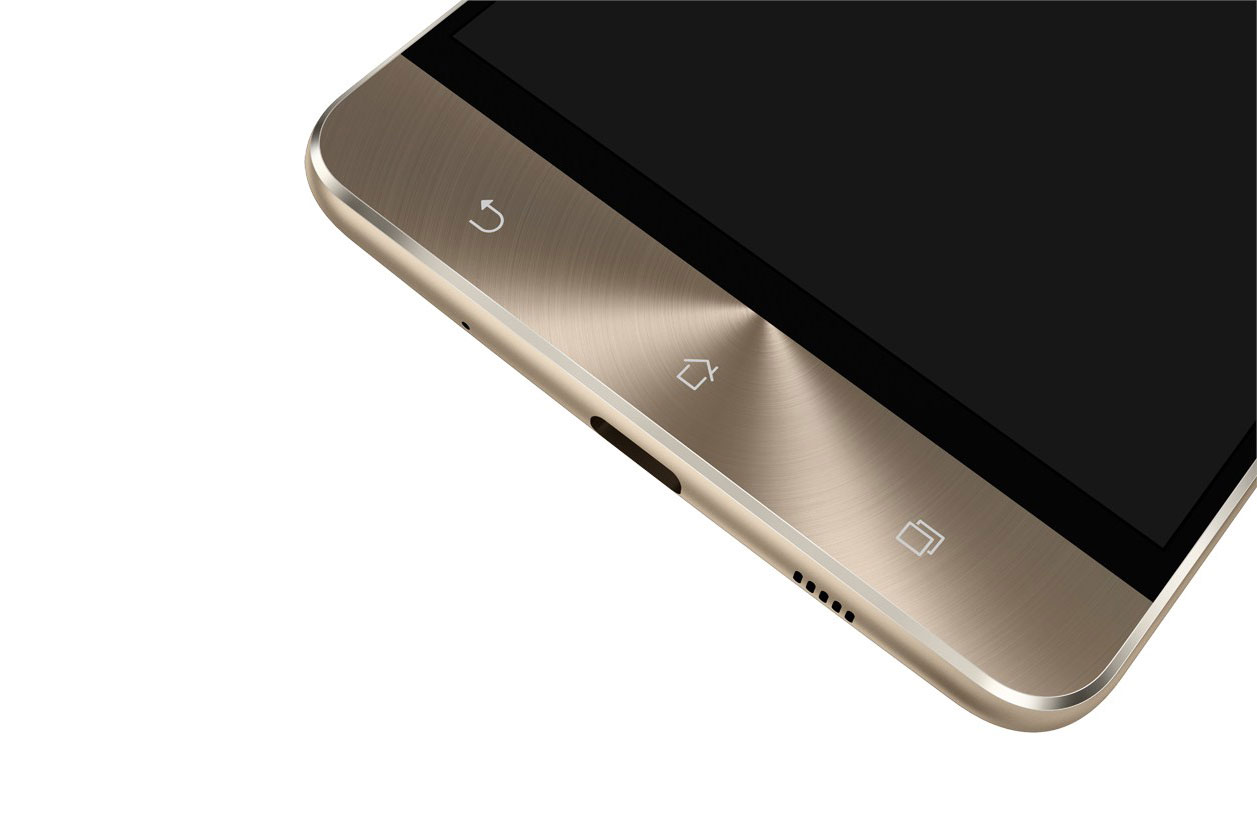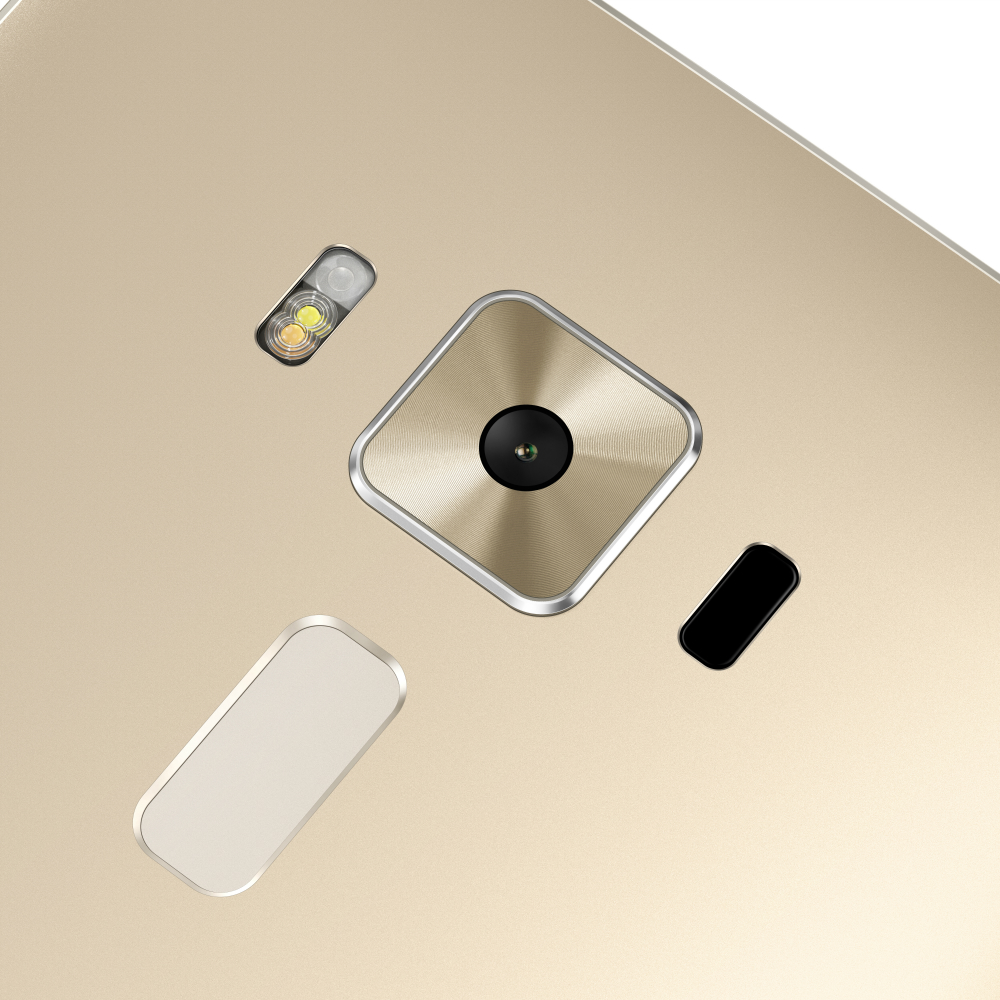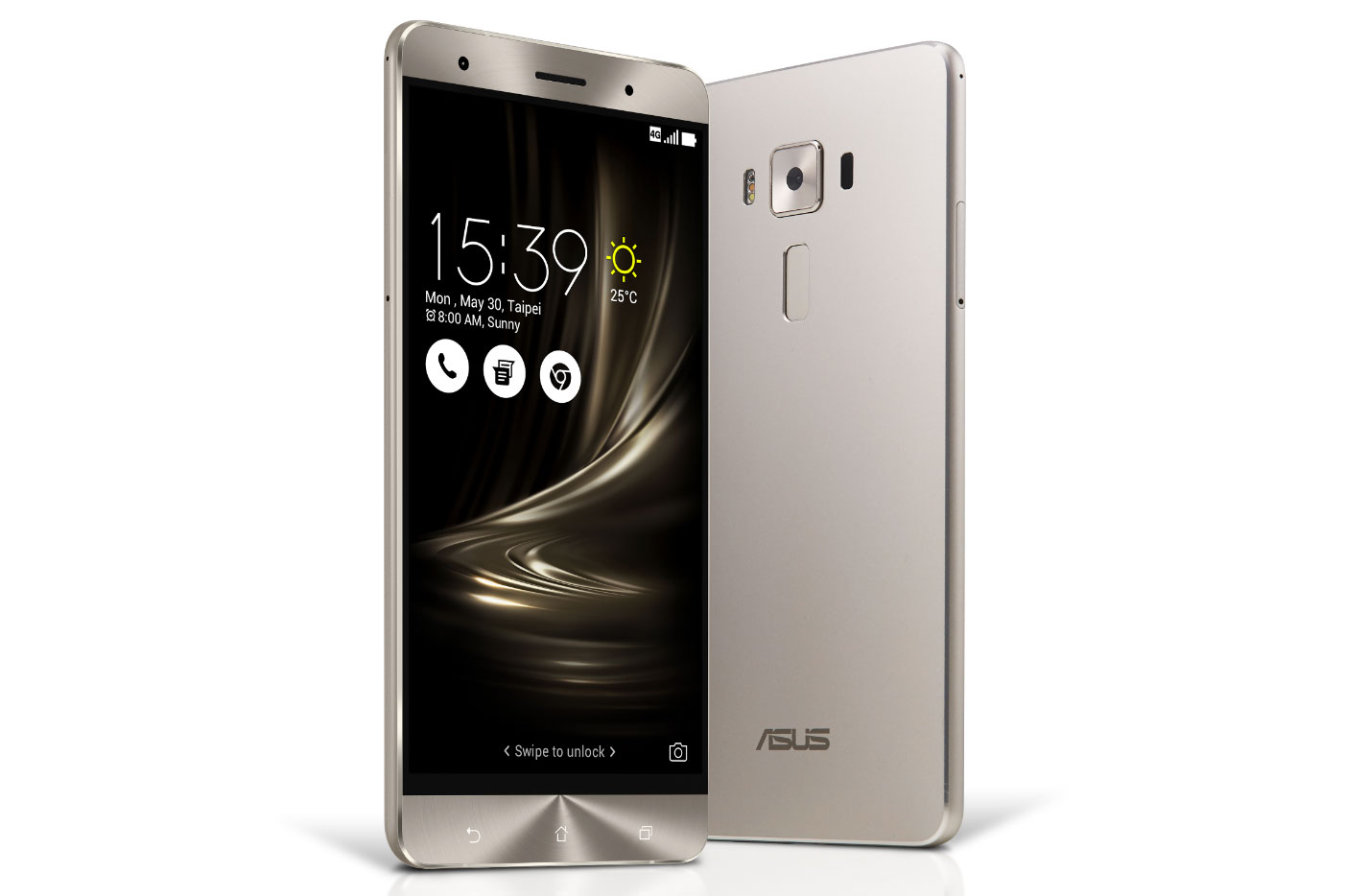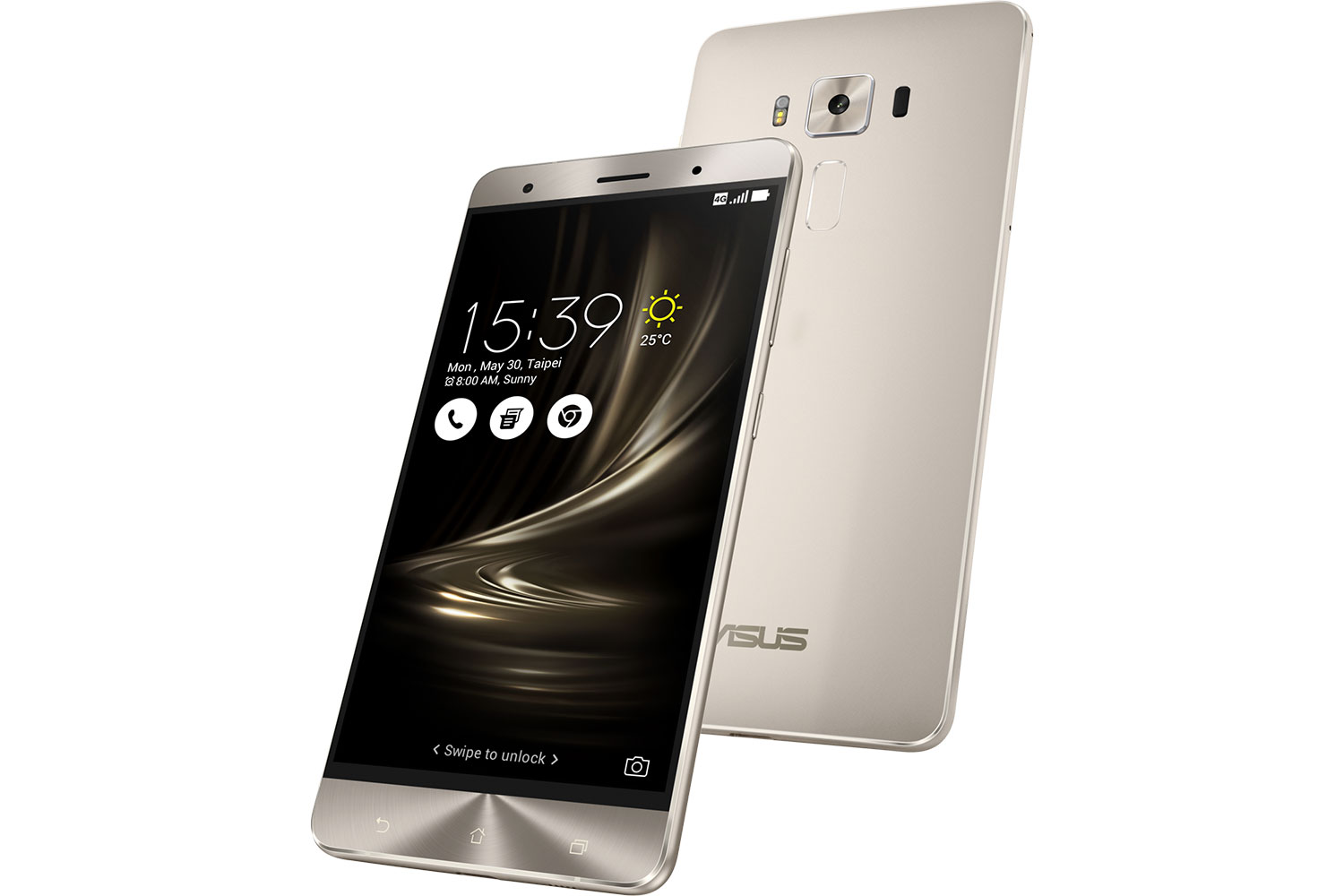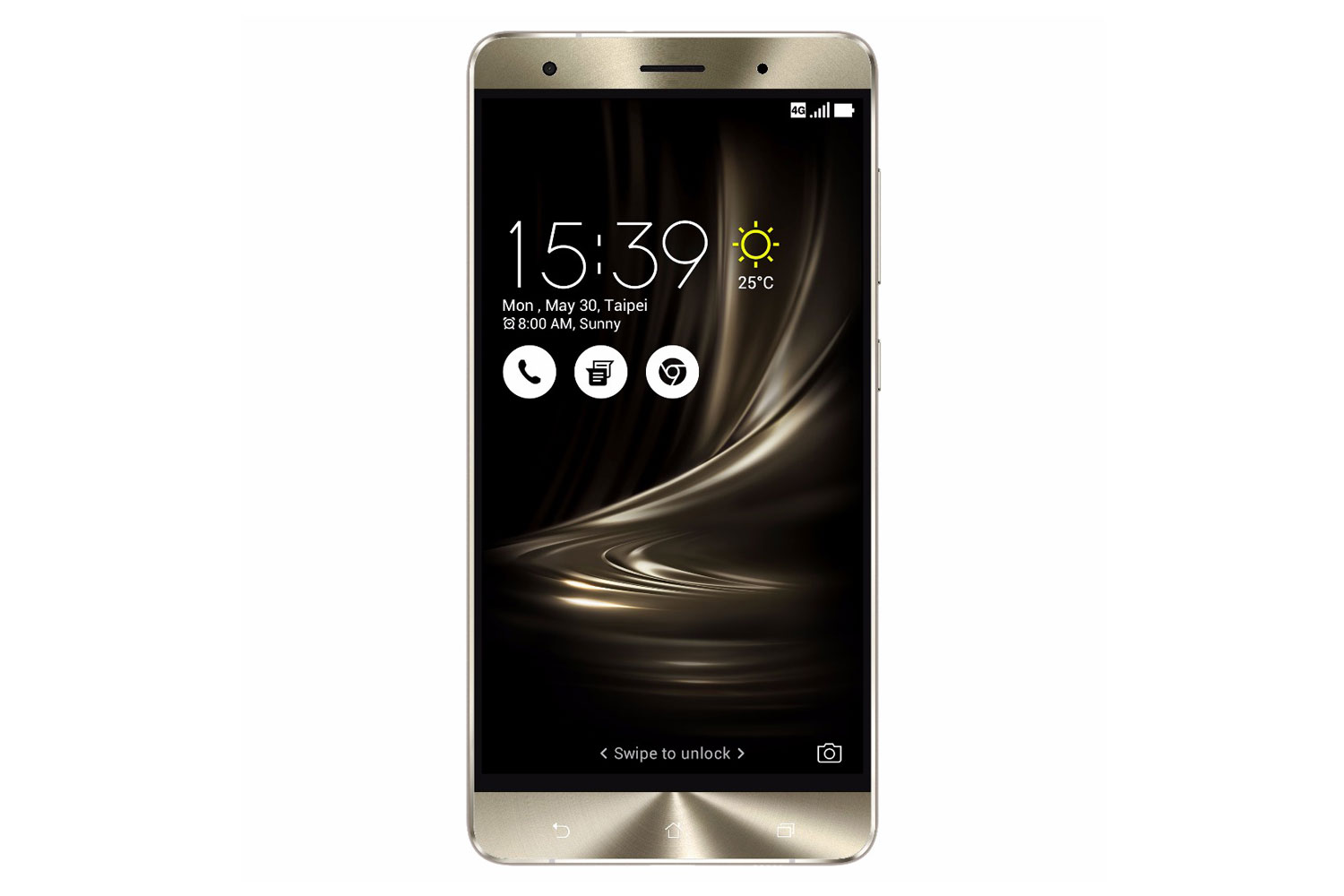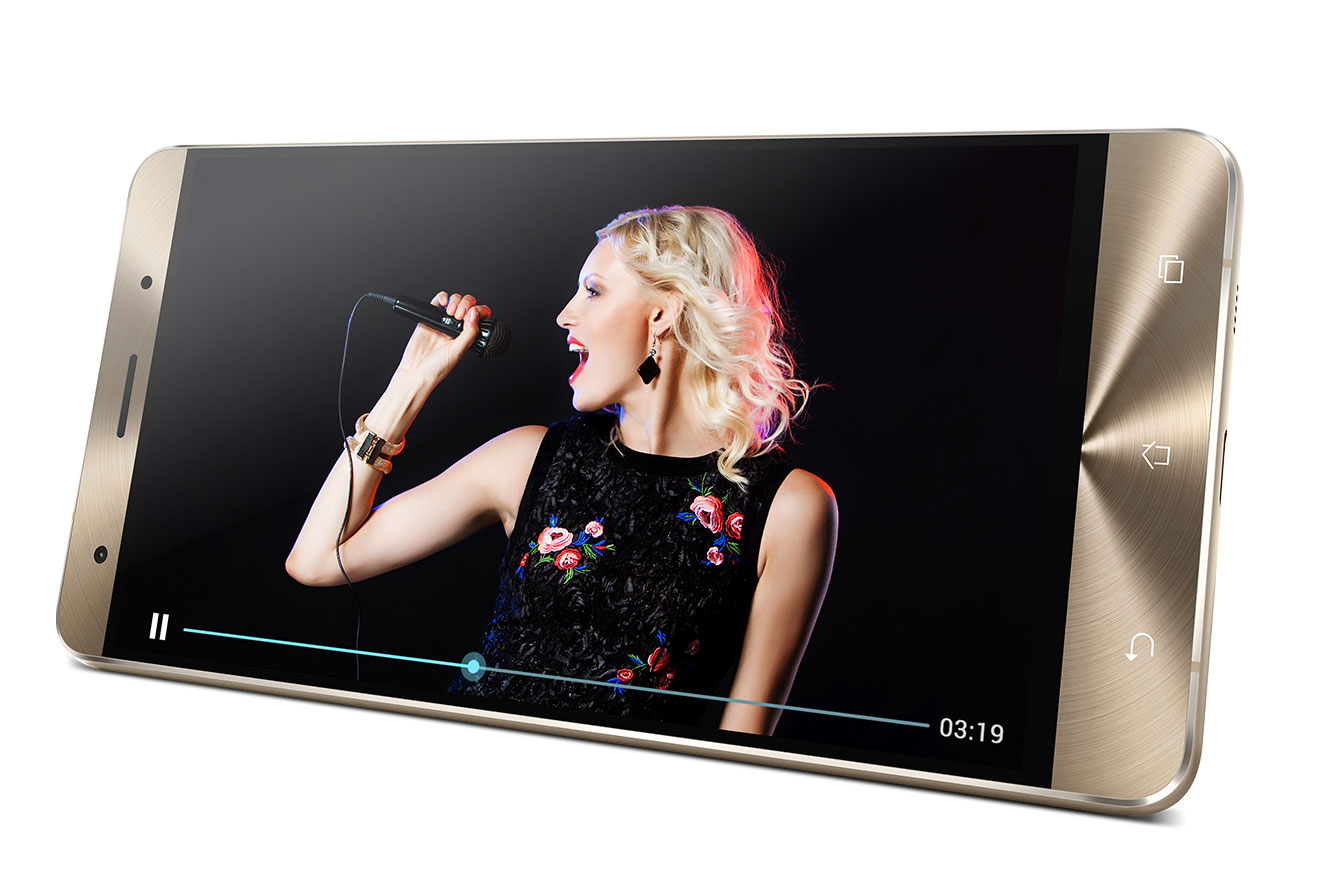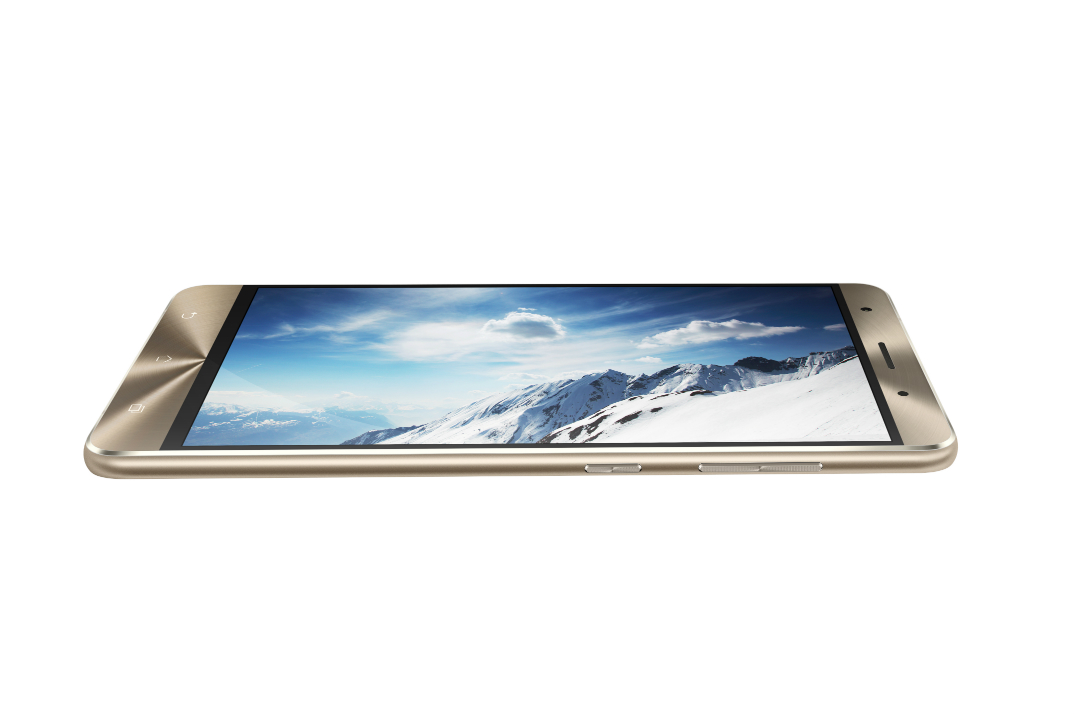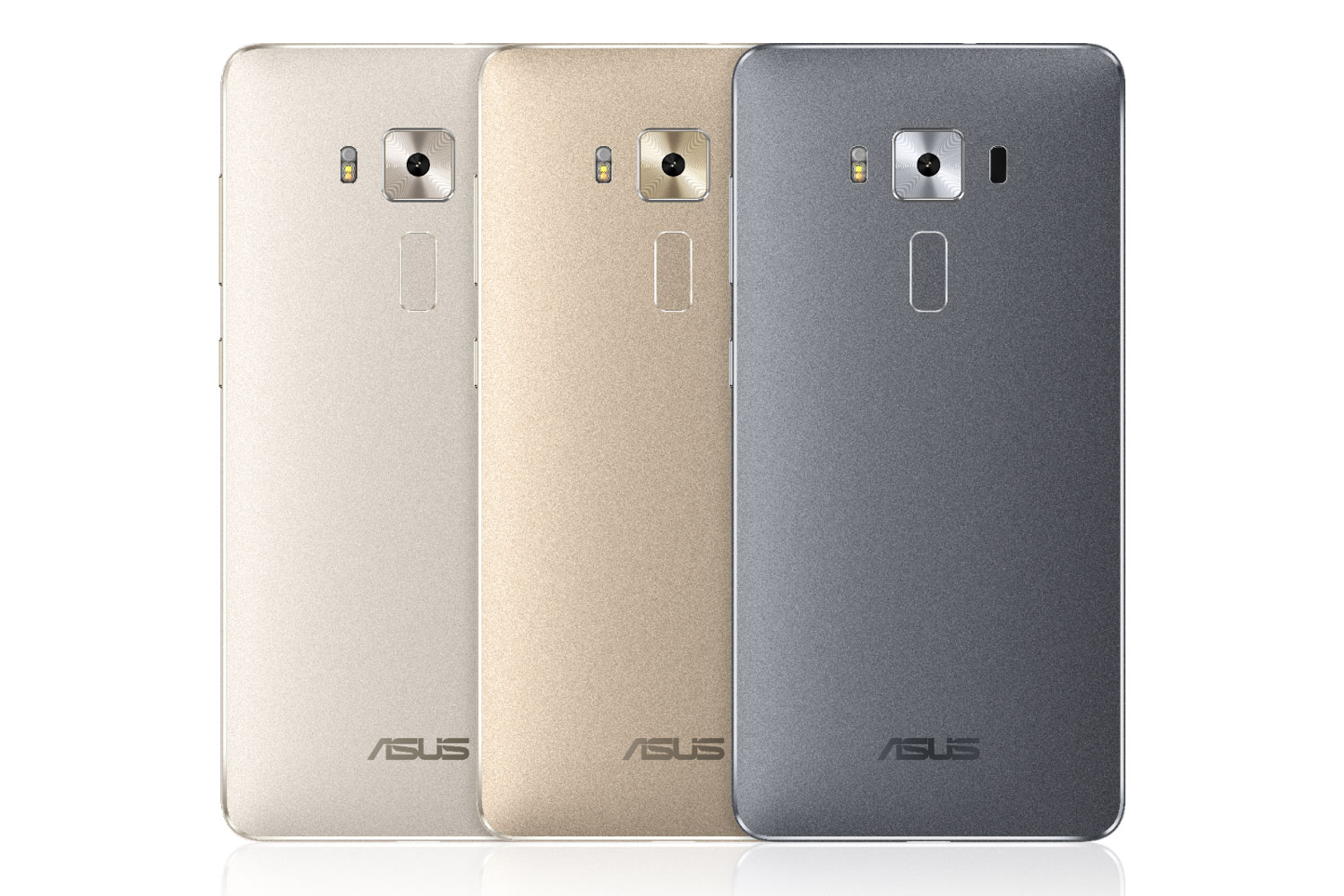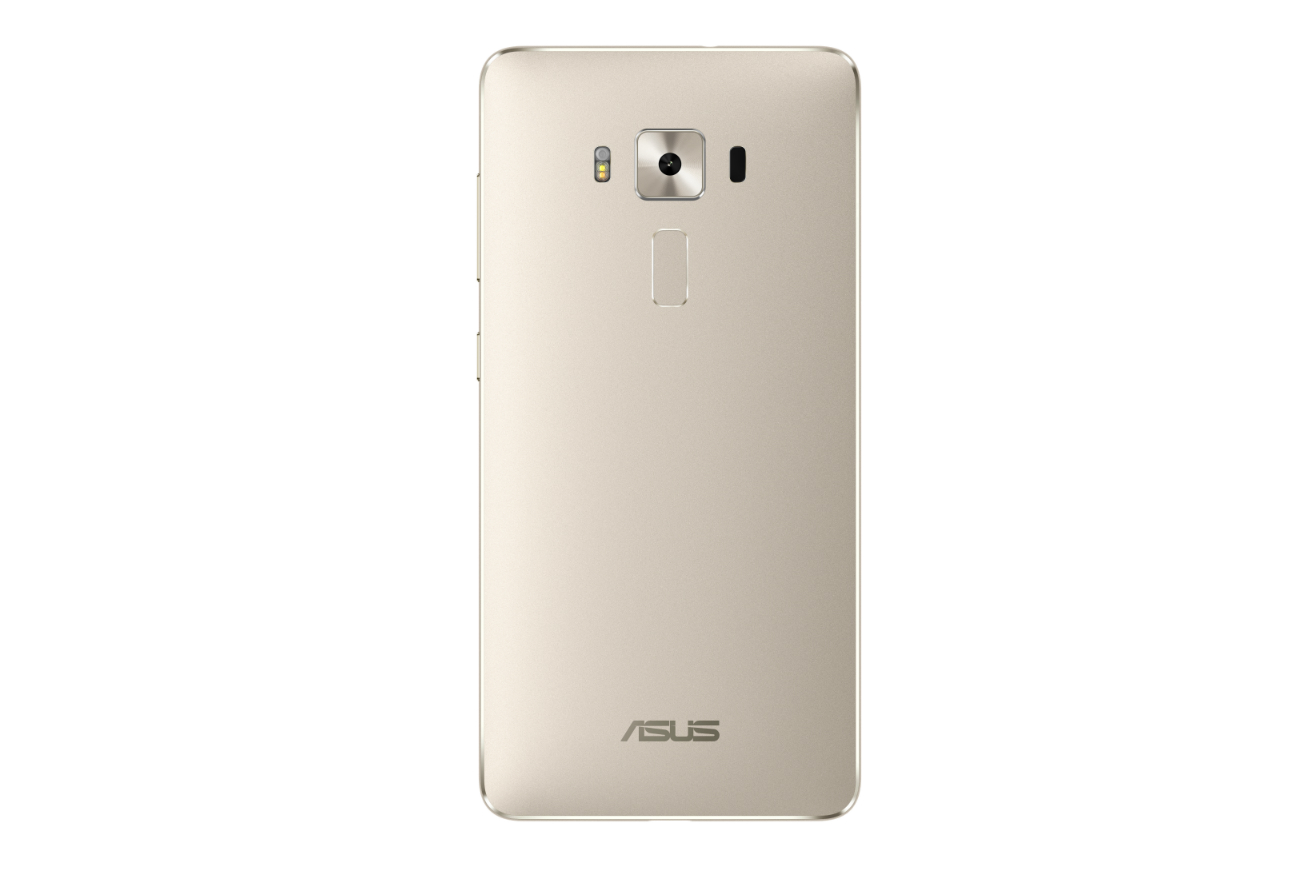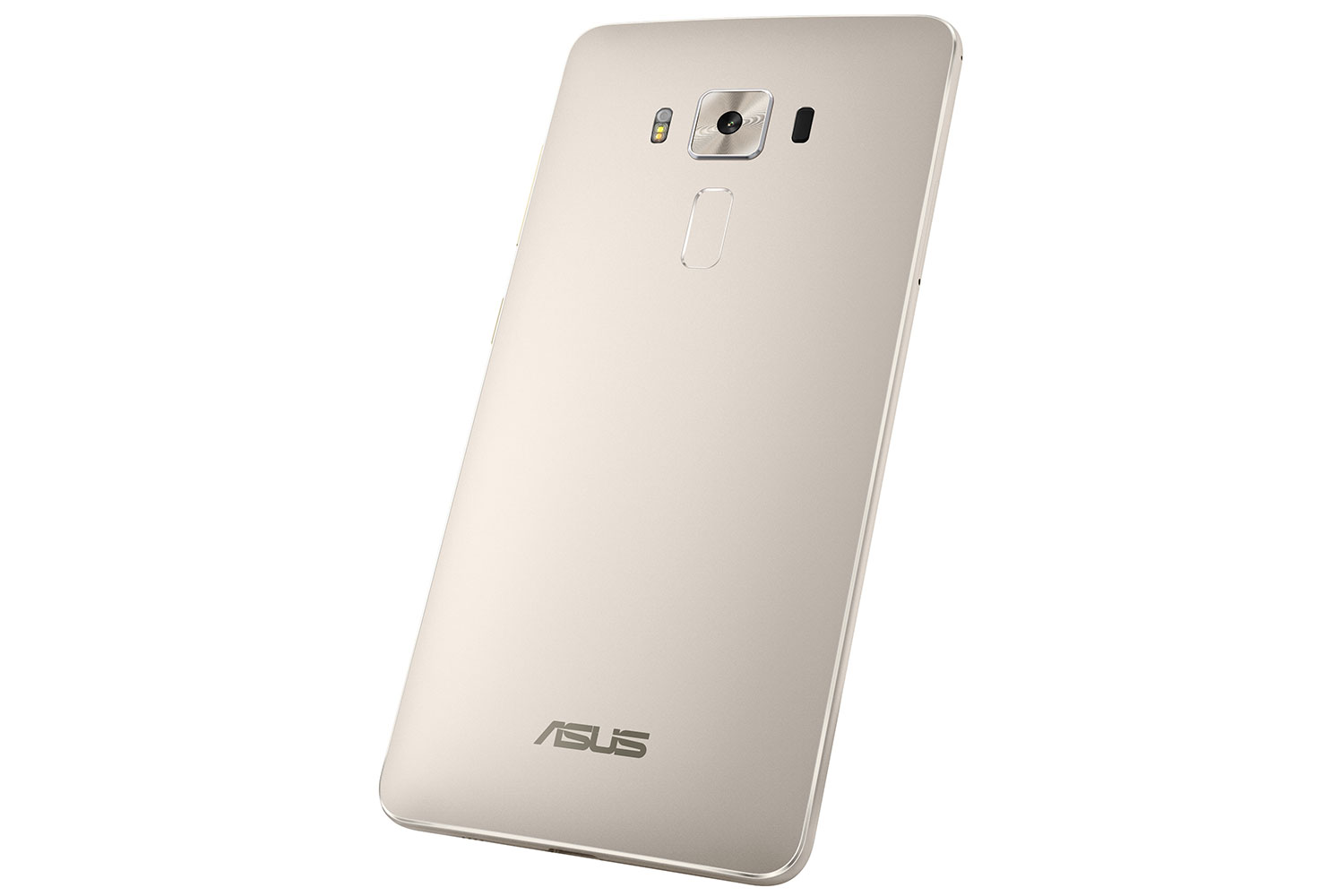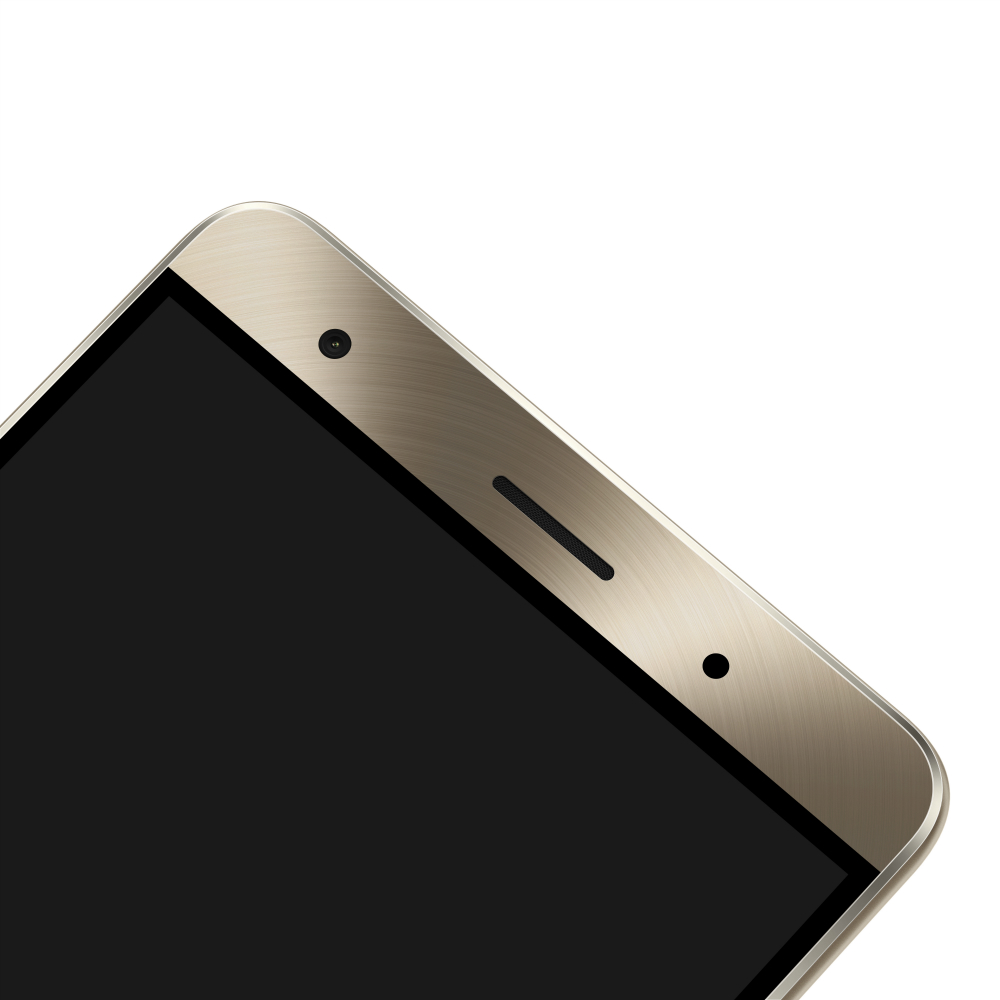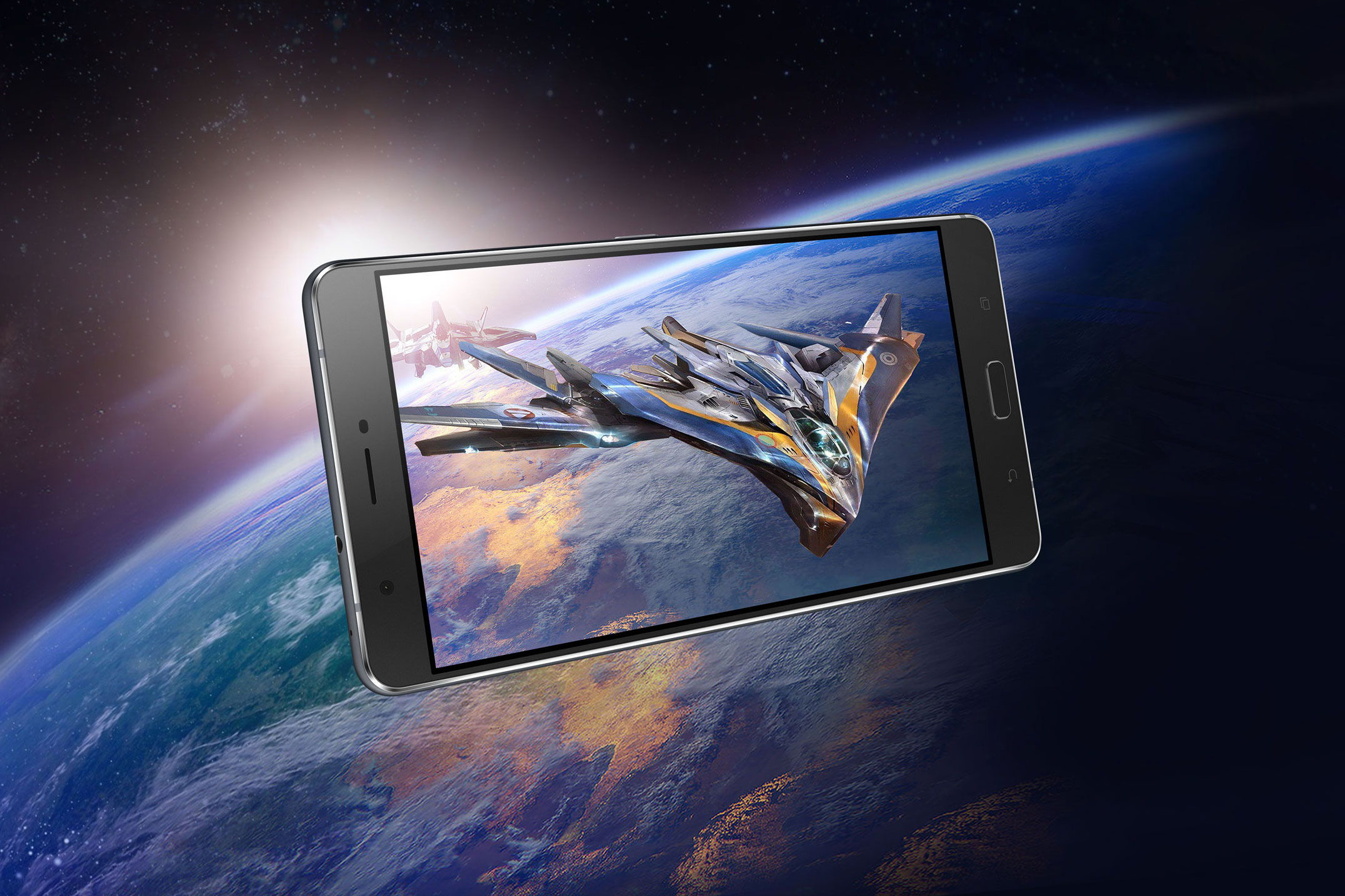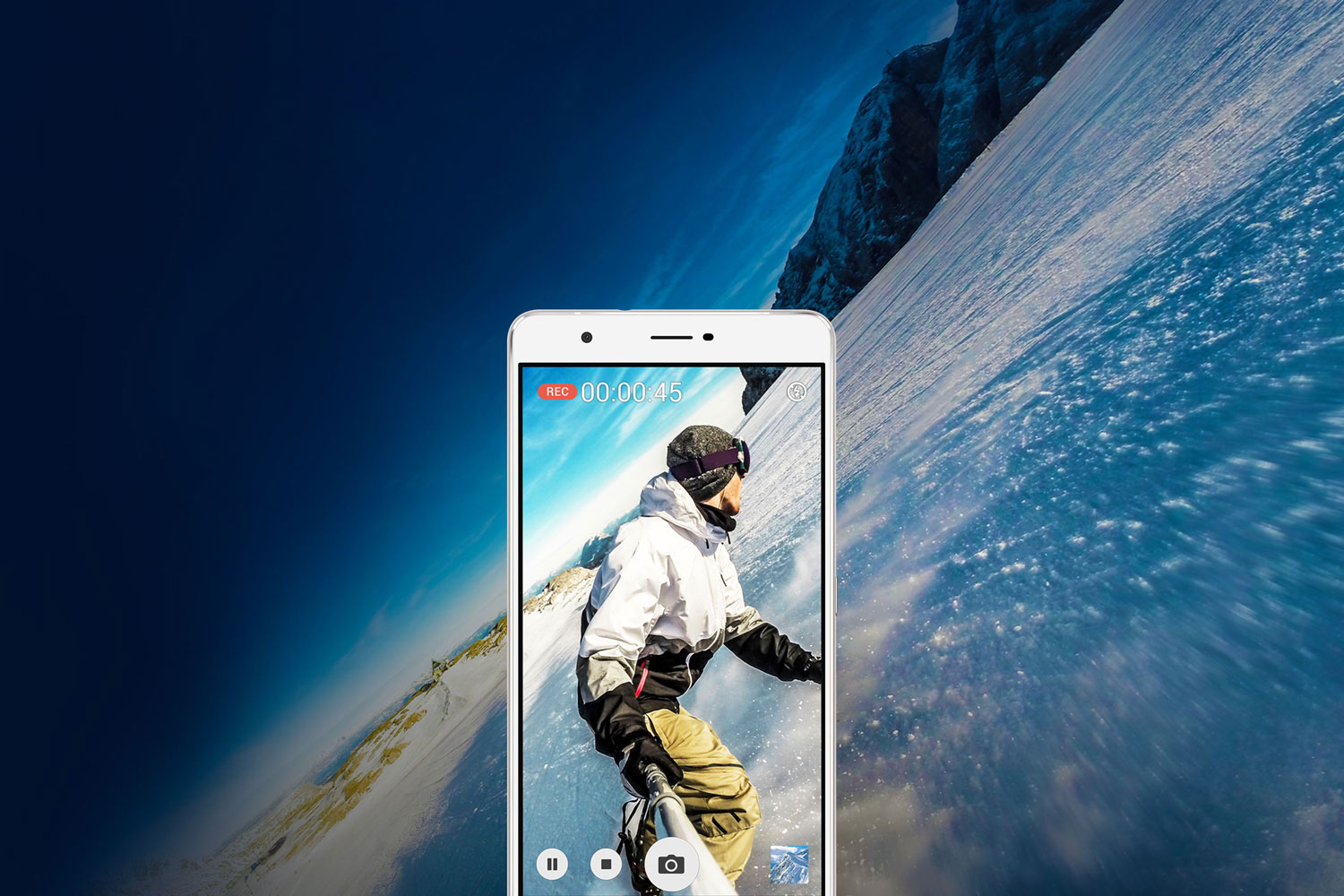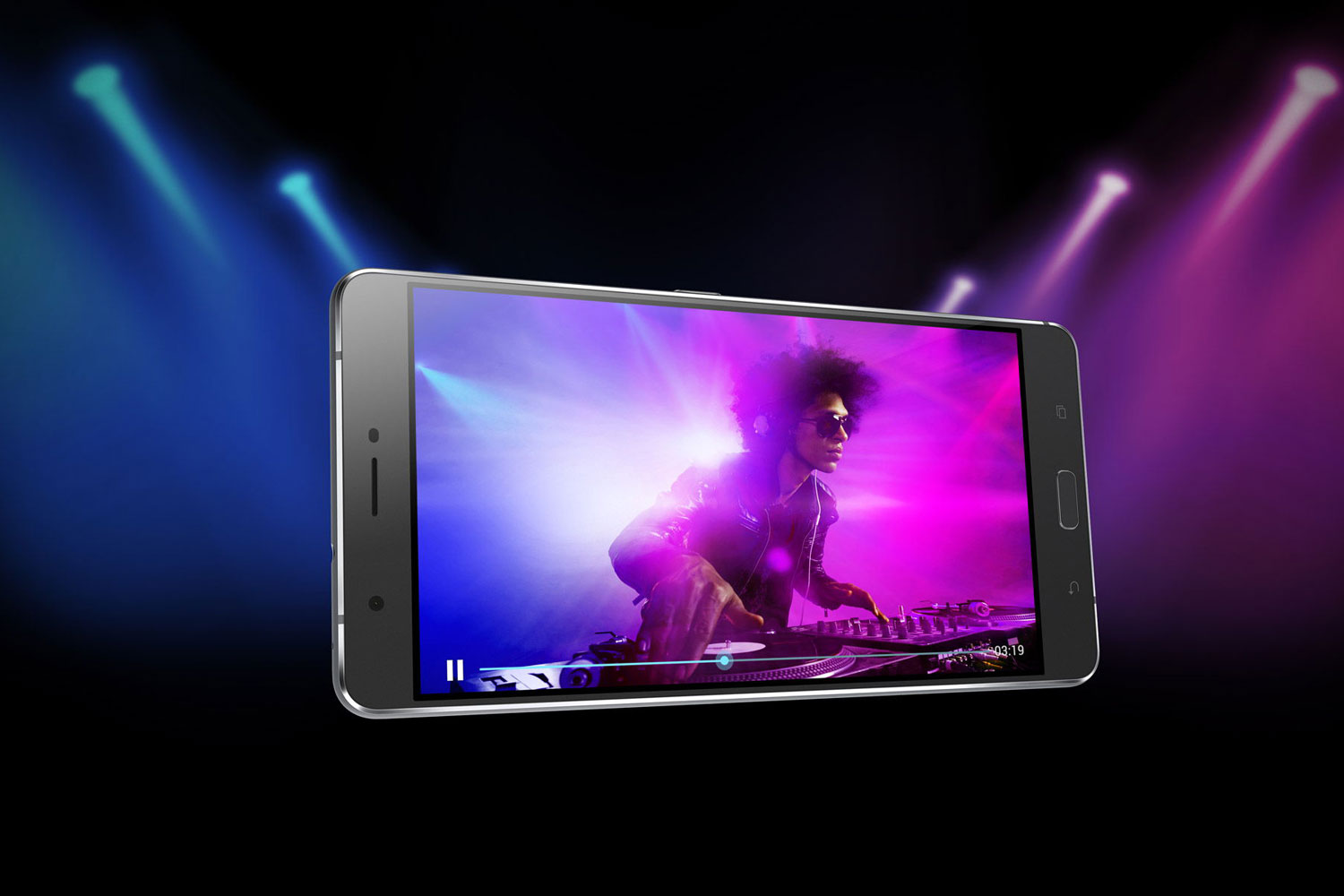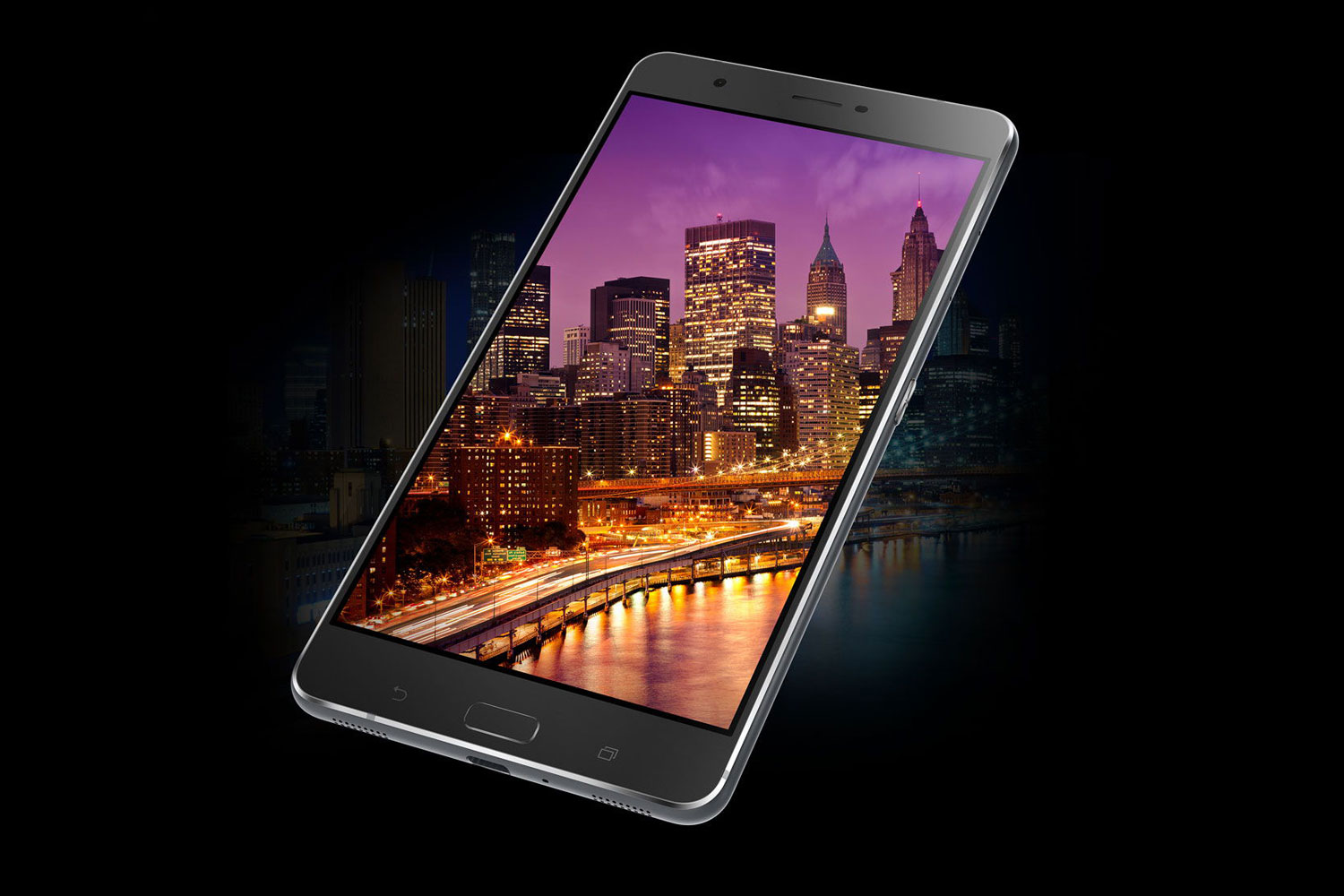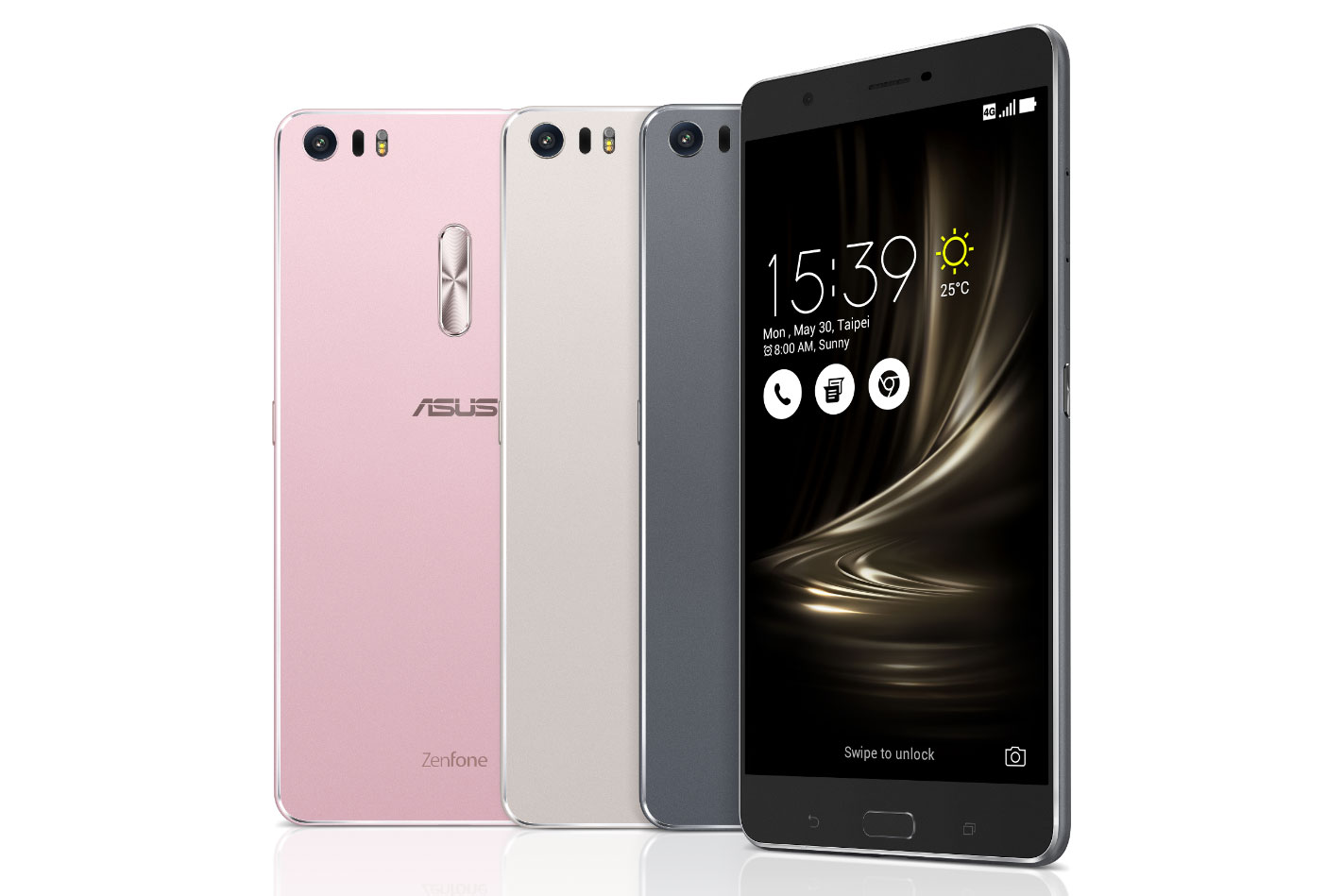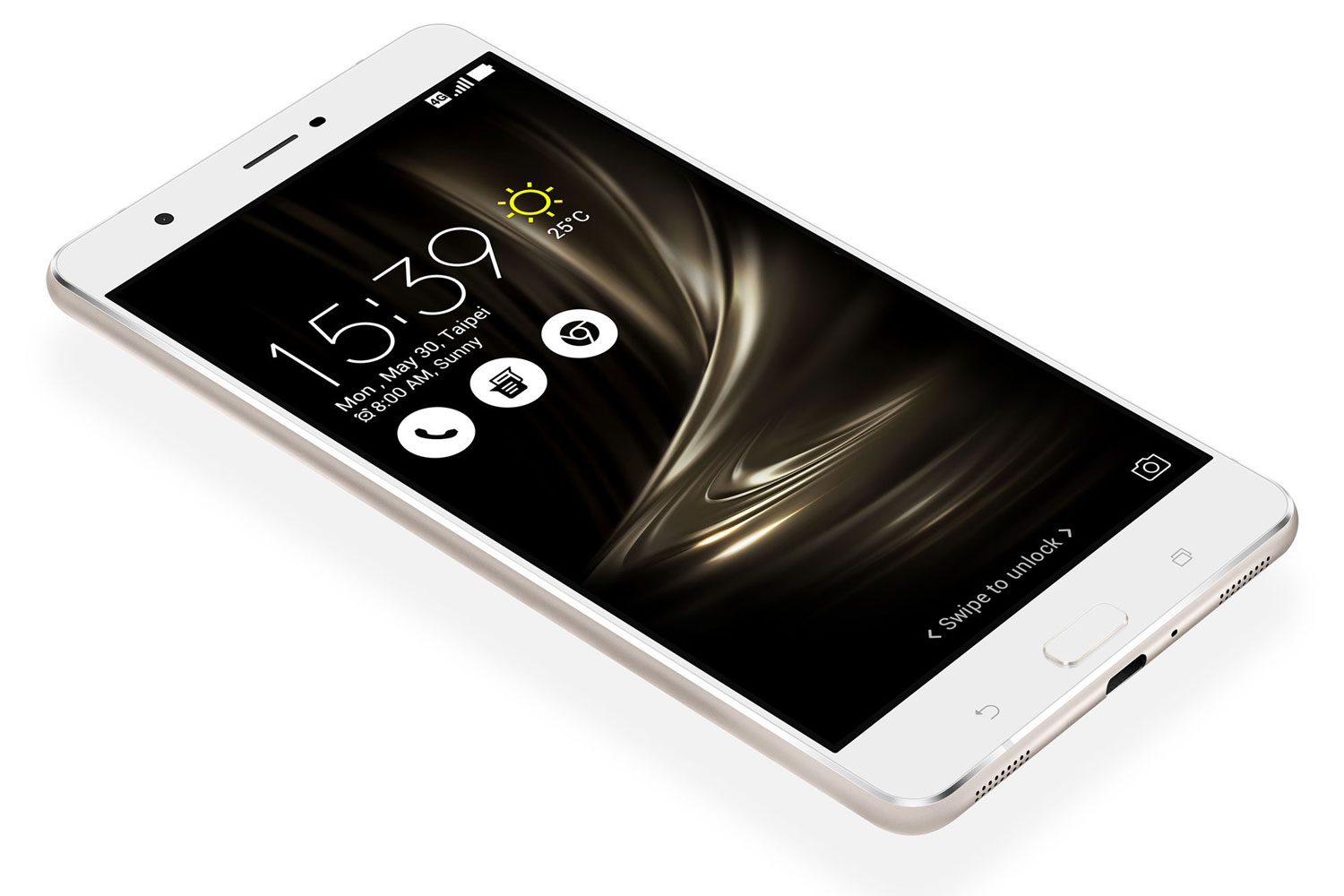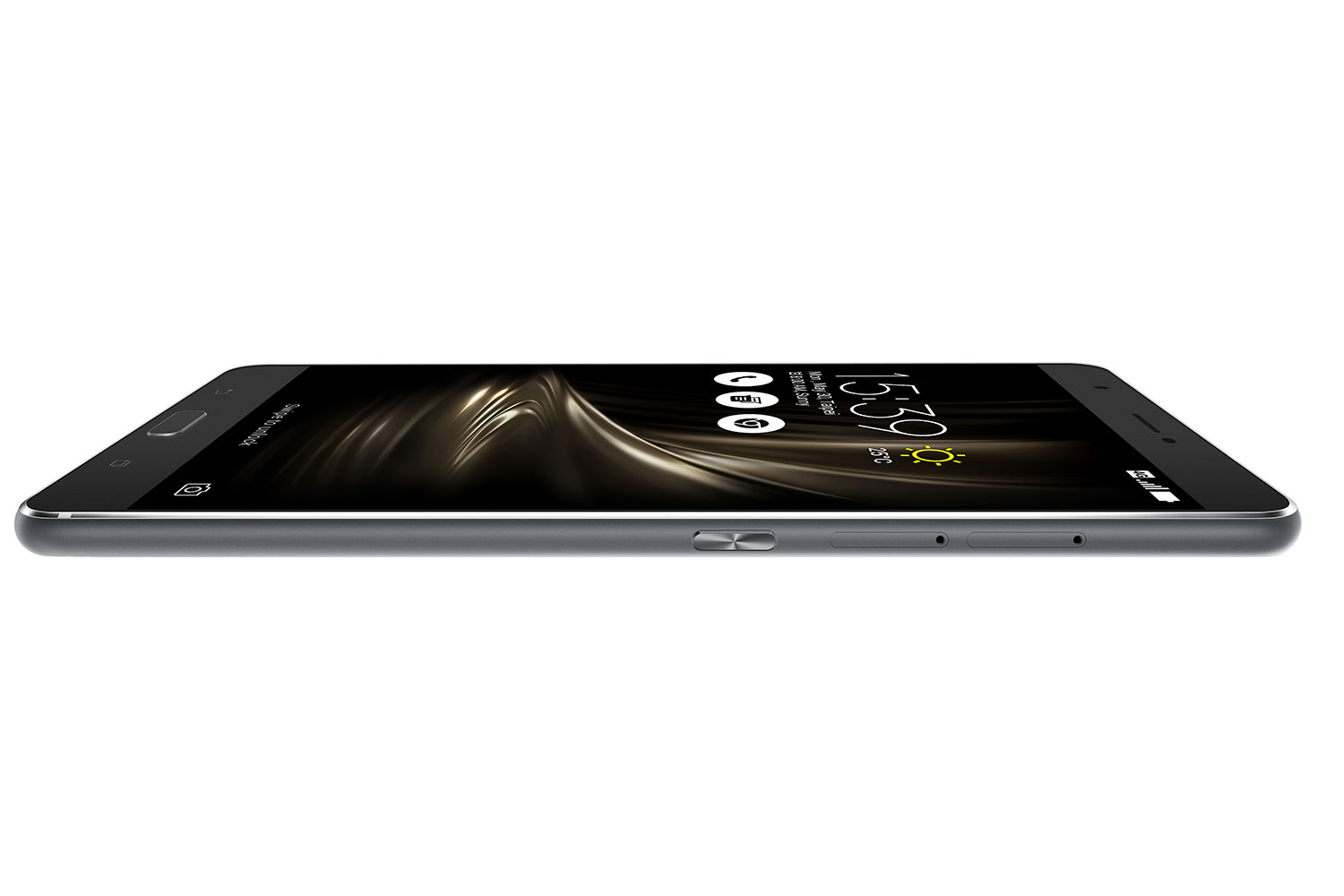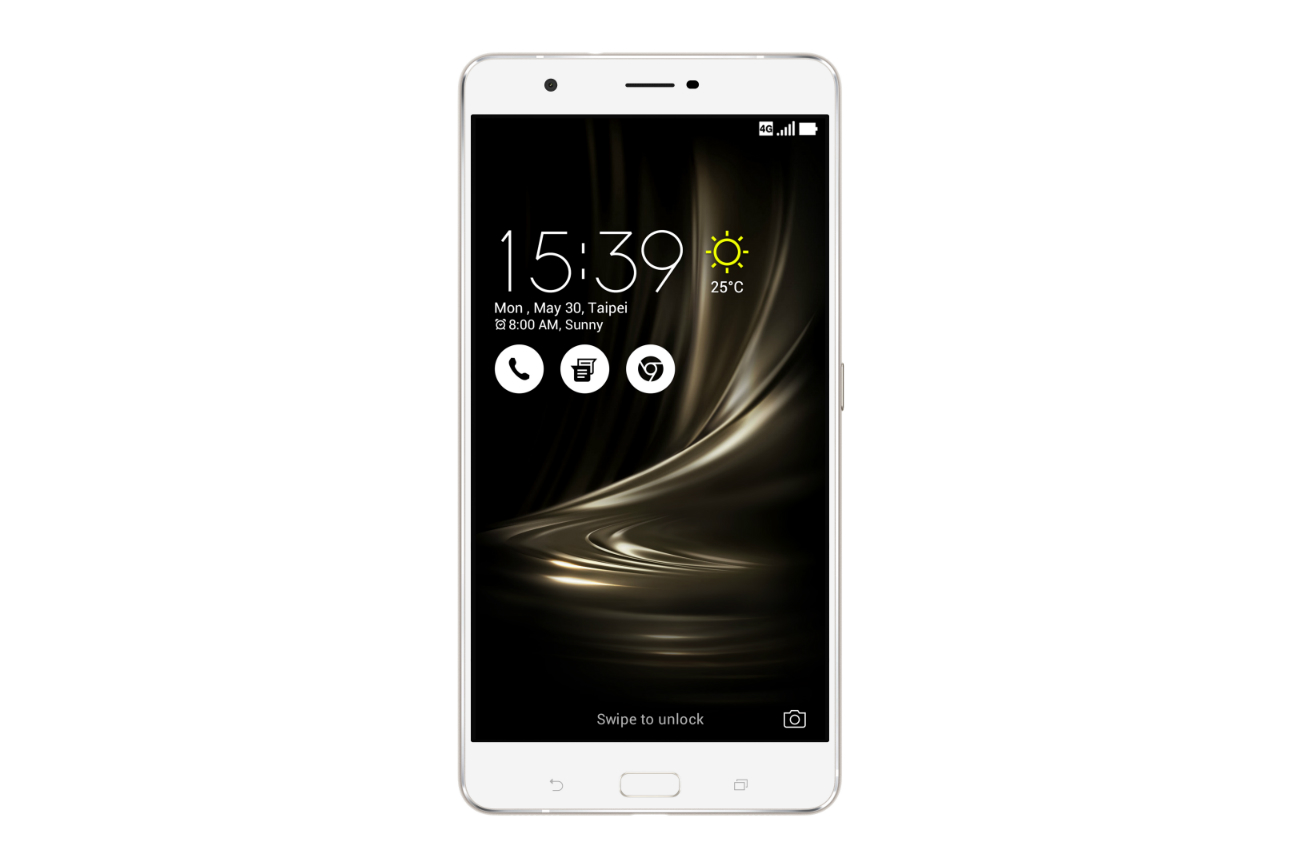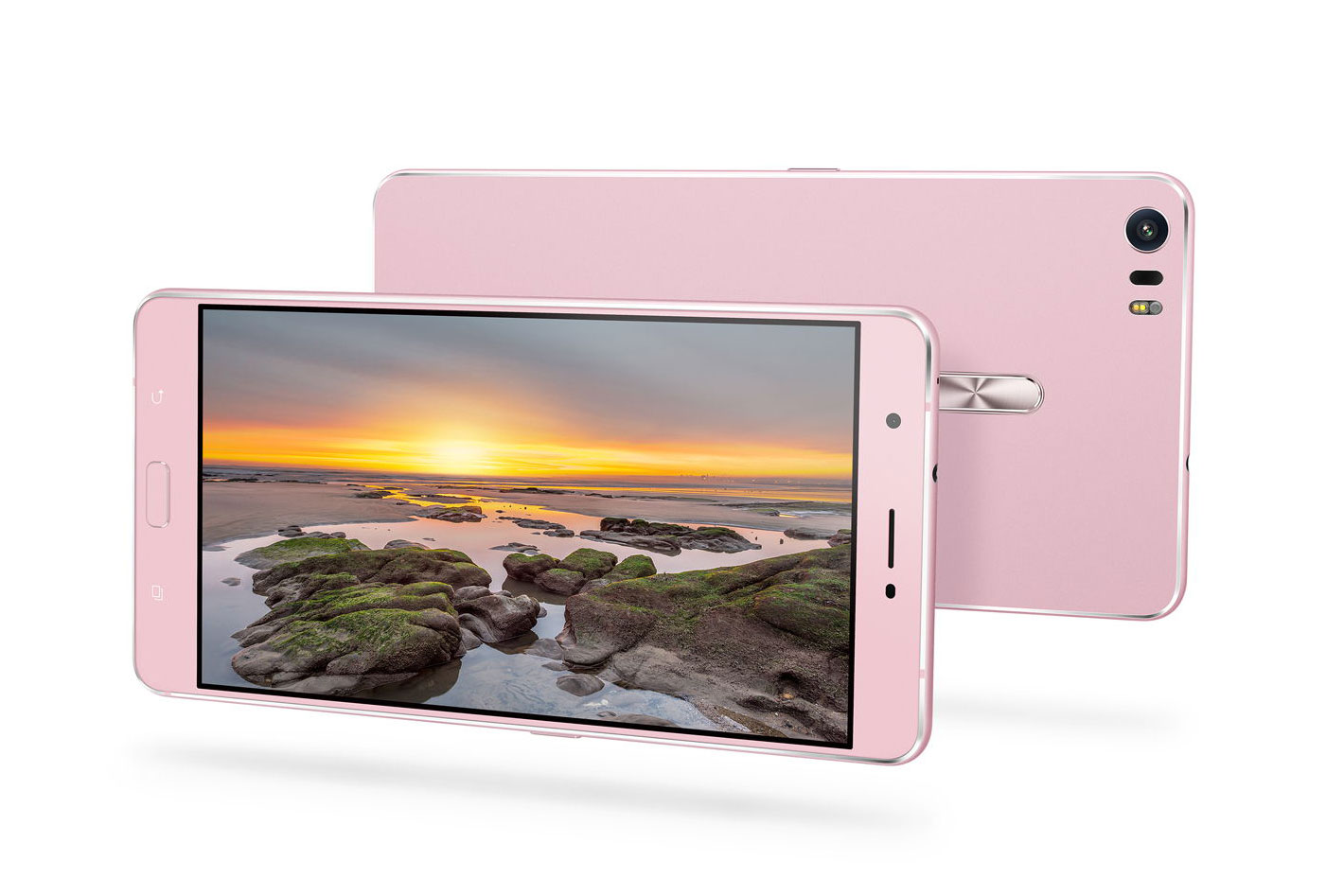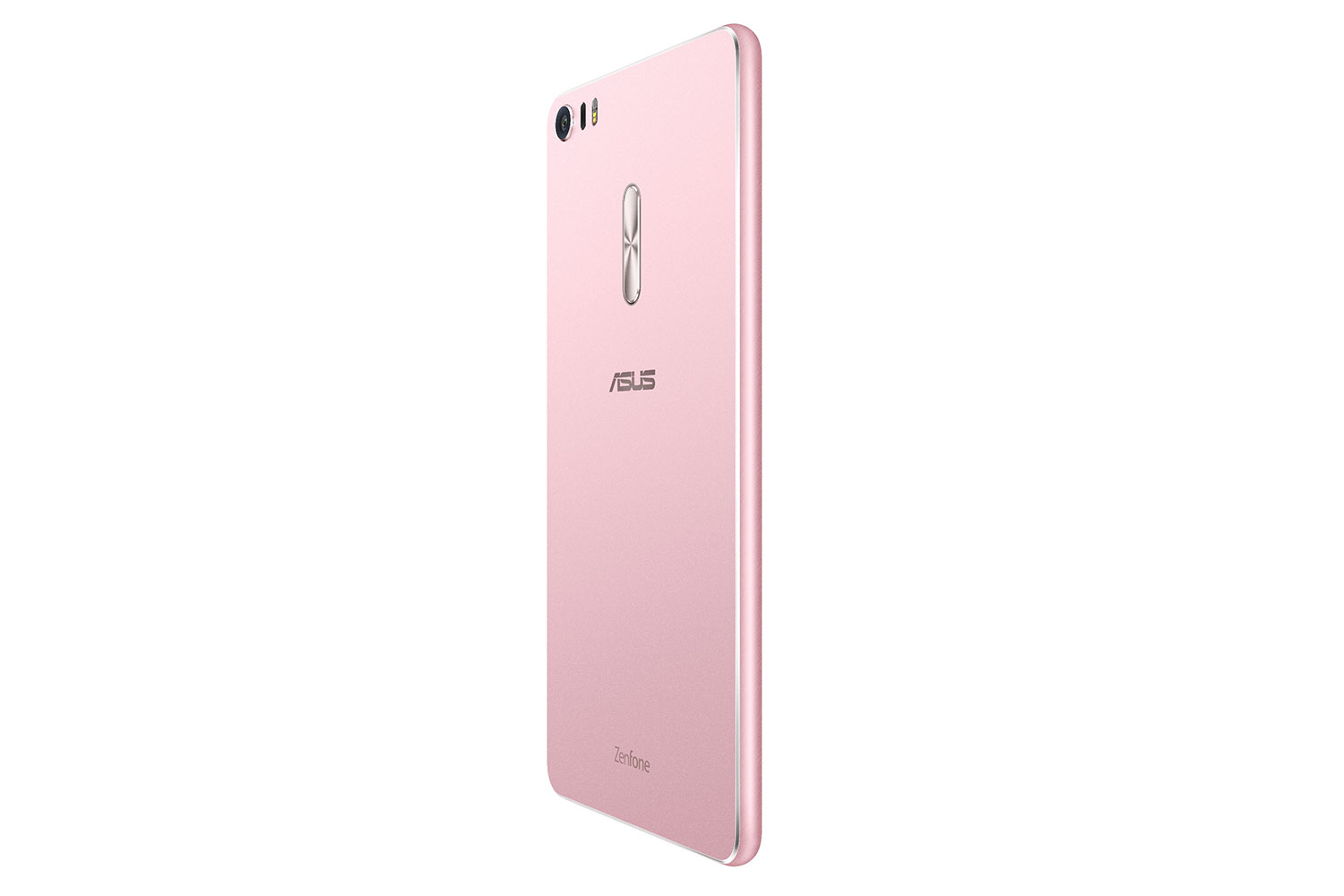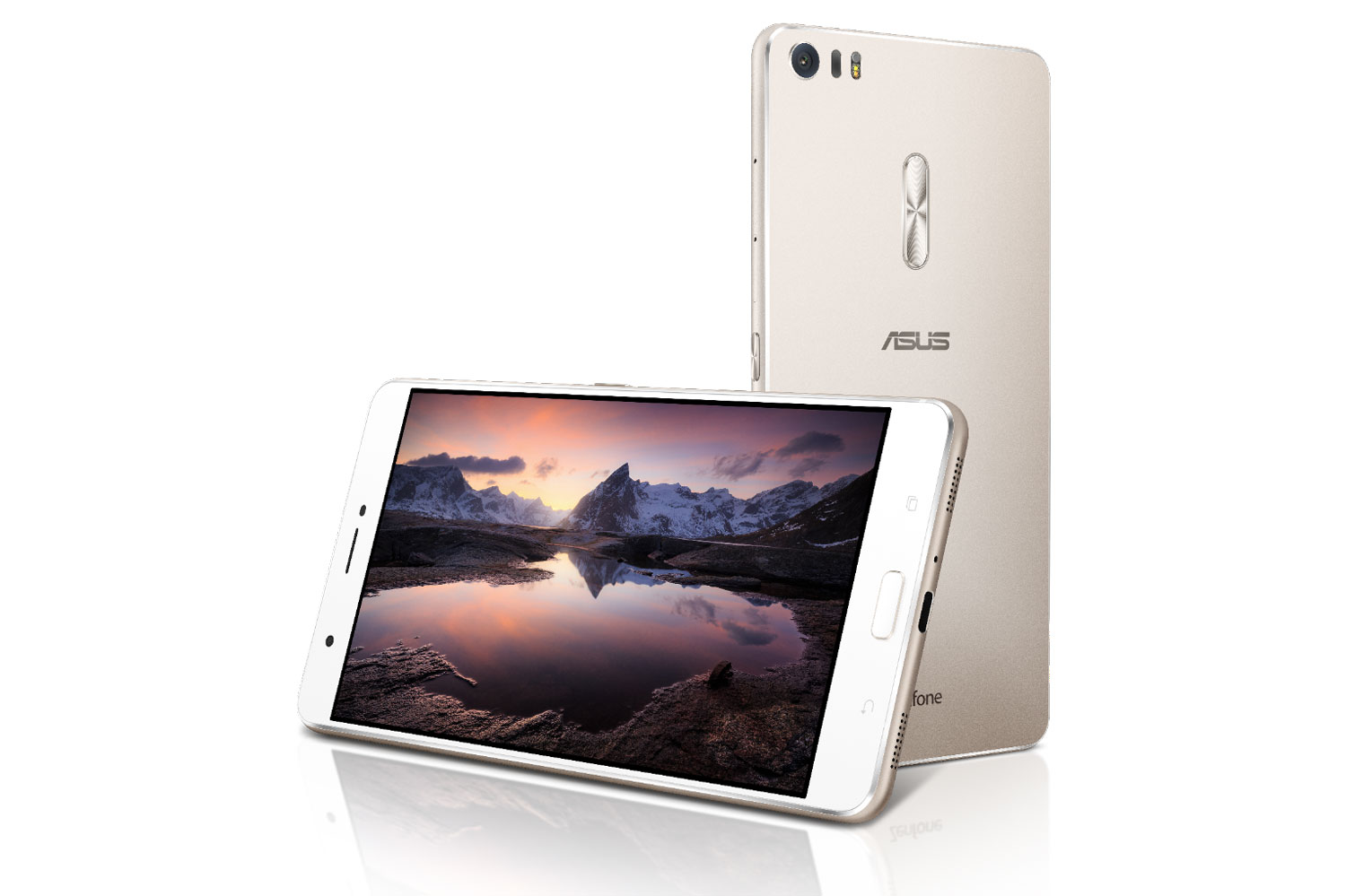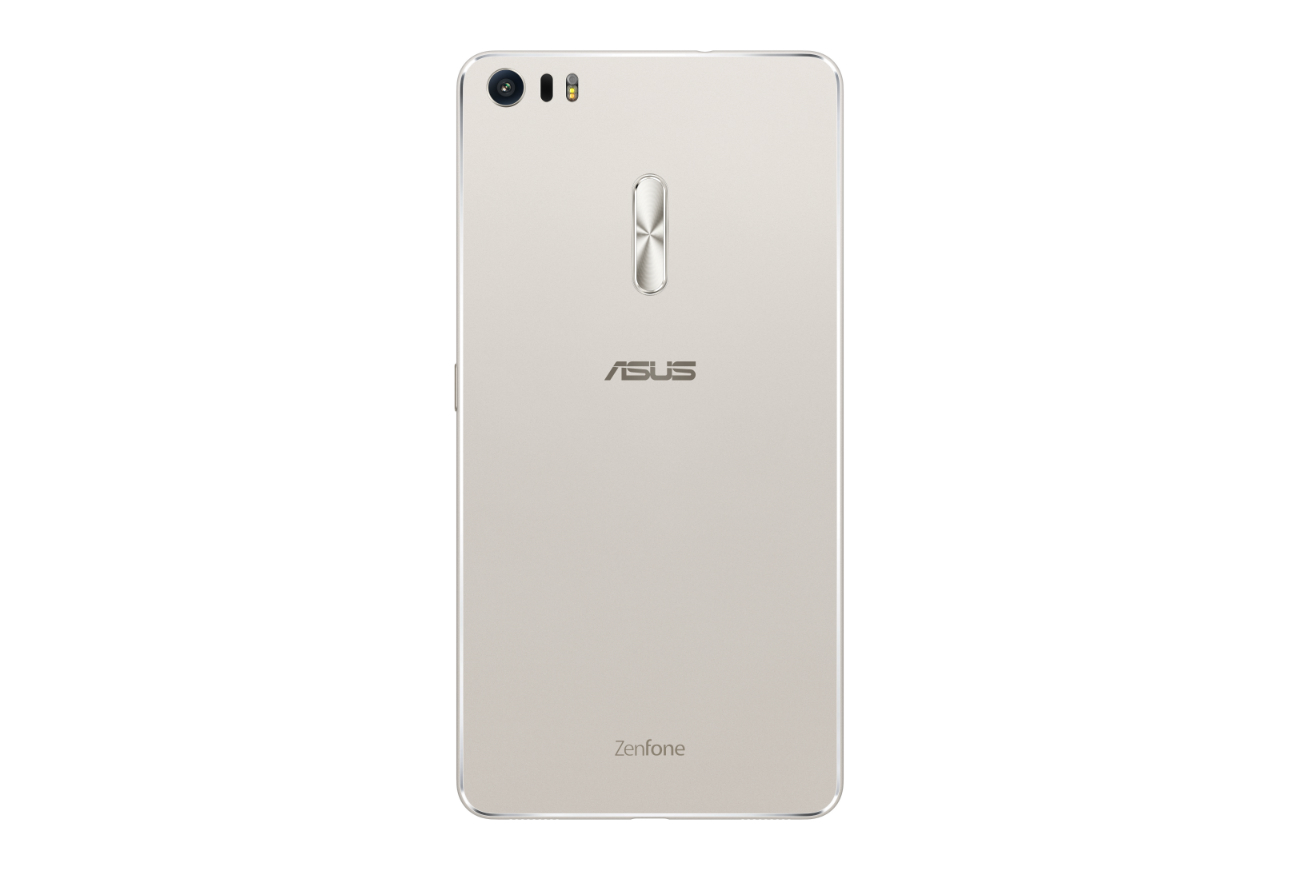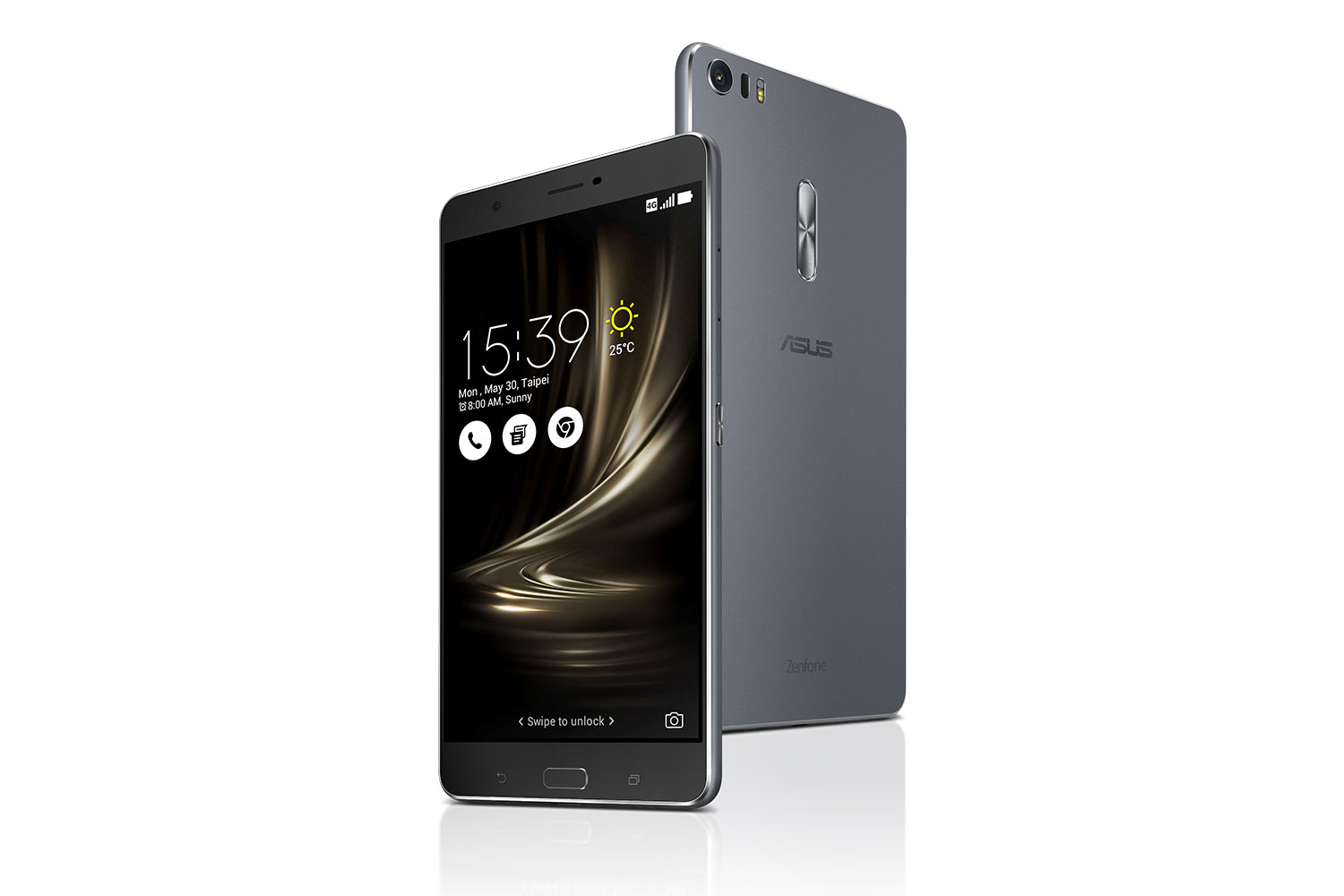As had been widely expected, Asus has chosen this week’s Computex 2016 event in Taiwan to unveil its new flagship phone, the ZenFone 3.
Shown off in Taipei on Monday, the new Android handset comes in three variants – the 5.5-inch ZenFone 3, 5.7-inch ZenFone 3 Deluxe, and the enormous 6.8-inch ZenFone 3 Ultra, which in most people’s hands is likely to feel more ZenTablet than ZenFone.
Rumors suggesting the ZenFone would for the first time incorporate a fingerprint security scanner were bang on the mark, with the new sensor situated on the rear of the two smaller models, and on the front of the Ultra. The handsets also come with Qualcomm chipsets, marking a switch from the Intel and MediaTek processors used by Asus in its earlier ZenFones.
Of the three new offerings, the Deluxe is clearly the stand-out device. With its stunning design and impressive specs, we’re now eagerly awaiting price confirmation – Asus at this stage is only telling us each of the devices will cost between $200 and $549. As for availability, it appears all three devices will indeed be coming to the U.S. We’ll update with a time frame just as soon as we get it.
ZenFone 3
Looking at each of the new handsets in a little more detail, the ZenFone 3 (below) sports an attractively sandblasted metal frame with a thin 2.1mm bezel. Asus has managed to slim the phone down a little, too, packing it into a 7.69mm frame – more than 3mm thinner than the ZenFone 2.
Following lukewarm reviews of the camera on the ZenFone 2, Asus has been working on making improvements, though of course we won’t know for sure till we get the device in our hands. The new phone features a 16-megapixel rear shooter, up from 13MP on the ZenFone 2, while selfie enthusiasts will find an 8-megapixel camera on the front. It also incorporates Tritech autofocusing technology which claims to get your image pin sharp in a mere 0.03 seconds. In other words, no time at all.
Besides the Snapdragon 625 octo-core processor, the device also comes with 4GB of RAM, 64GB storage, and a 3,000 mAh battery. Four colors are offered: Shimmer Gold, Aqua Blue, Sapphire Black, and Moonlight White.
ZenFone 3 Deluxe
For design and specs, the Deluxe model (below) is the one certain to garner the most attention among the trio of new offerings. Along with the larger Ultra model, the Deluxe sports what Asus claims to be “the world’s first full metal unibody chassis with ‘invisible antenna’ design,” meaning it’s been able to remove the antenna lines seen on high-end devices from the likes of Apple, HTC, and others. That gives it an even cleaner look, one which, combined with its “aerospace-grade aluminum” casing, certainly makes for an eye-catching look. The device has an “edge” thickness of just 4.2mm, suggesting it’s a little thicker toward the middle.
The Deluxe comes with a 23-megapixel front camera – up from 13 with the previous iteration – and an 8-megapixel shooter on the front, up from 5. It also uses the Tritech fast-focusing system.
The phone is powered by a Snapdragon 820 chip, 6GB of RAM, and offers a hefty 256GB of storage. Included is a 3,000 mAh battery, and support for QuickCharge 3.0 and Type-C USB 3.0. Three colors are offered: Titanium Gray, Glacier Silver, and Sand Gold.
ZenFone 3 Ultra
And now for the whopper. The Ultra, like the Deluxe, features that striking aluminum unibody with its “invisible antenna” design, packed into a 6.8-mm chassis.
Powered by a Snapdragon 652 octa-core processor, the 6.8-inch phablet (below) comes with 4GB of RAM, 128GB of storage, and a powerful 4,600 mAh battery that can also be used as a power bank to charge other devices. Keen shooters can make use of its 23-megapixel rear camera, while the 8MP snapper will take care of self-portraits.
The Ultra comes in three flavors: Titanium Gray, Glacier Silver, and Rose Pink.
Asus hopes the ZenFone 3 is the one that makes it a contender
Taipei-based Asus may be better known for computers than smartphones, but it’s been taking a growing interest in the handset market, especially since the launch of the first ZenFone in 2014. Selling the majority of its devices in Asia, including Taiwan, Indonesia, Thailand, India, and Japan, the company says it’s aiming to ship 25 million smartphones this year, 5 million more than it did in 2015.
The market for powerful phones with decent specs is increasingly tough, so Asus will have to hit the sweet spot with pricing for its new devices. As mentioned, at this time Asus has only said the range will be between $200 and $550. Presumably the low-end figure is for the standard ZenFone, while the high-end figure is for the ultra. We’ll let you know as soon as the specifics are made available.
Computex launched in 1981 and has grown to become one of Asia’s top technology trade shows. DT is at the event, so be sure to check out the rest of our coverage throughout the week here.
Update: Asus have announced the prices: ZenFone 3 from $249; ZenFone 3 Deluxe from $499; ZenFone 3 Ultra from $479
Editors' Recommendations
- The Zenfone 9 looks like the small 2022 flagship you’ve been waiting for
- Asus ROG Phone 3 vs. Nubia Red Magic 5G: Battle of the top gaming phones
- OnePlus 7T vs. Asus Zenfone 6 vs. ZTE Axon 10 Pro: Affordable flagship face-off
- The Asus Zenfone 6 goes its own way with flip-over camera and 5,000mAh battery
- OnePlus 7 Pro vs. Pixel 3a vs. ZenFone 6 vs. Samsung Galaxy A50: Camera shootout
